Hello, travel community! My name is Khoa, I am currently working as a tour guide in Vietnam. After more than 2 years of the impact of the Covid epidemic, everyone's life has returned to normal. In which the tourism industry has always been affected the most, and I always feel very happy, when that difficult time is over and we are starting a new era. Currently, I am working at Viettravel company, the largest domestic and foreign travel company in Vietnam. I feel very happy when I have a dynamic working environment, and go to many places and every journey always brings me great experiences. Southeast Asia is one of the regions with the most developed countries in the world. These countries are located in the tropical monsoon climate, there are countless beautiful beaches. Because of that, countries in Southeast Asia are attractive destinations for all tourists around the world. The countries most visited by tourists, include Thailand, Vietnam, Indonesia, the Philippines, Malaysia, Singapore, etc. These countries always have beautiful beaches and unspoiled islands. always an interesting destination, for everyone to explore. In my sharing articles, I always share about Vietnam's tourist attractions, I want to show everyone that Vietnam is a country with beautiful natural scenery and heroic history. Besides, Vietnamese people are very hospitable. These reasons are always the motivation for each of my articles.

In Khoa's travel sharing article today, Khoa wants to share with everyone, a temple located in Hue city. The temple that I would like to introduce is Thien Mu Pagoda, also known as Linh Mu Pagoda. This pagoda is located on Ha Khe hill, next to the romantic Perfume River. The pagoda is located to the west of Hue city, about 5km from the city centre. This is also one of the temples with the longest history. Linh Mu Pagoda started construction in 1601, built by Lord Nguyen Dang himself. After more than 400 years, everything here is still well preserved to this day. Thien Mu Pagoda is located on a hill that is not too high. Standing from the temple, visitors can see the landscape of the Perfume River. Thien Mu Pagoda is a temple with the unique architecture of Hue's ancient capital.
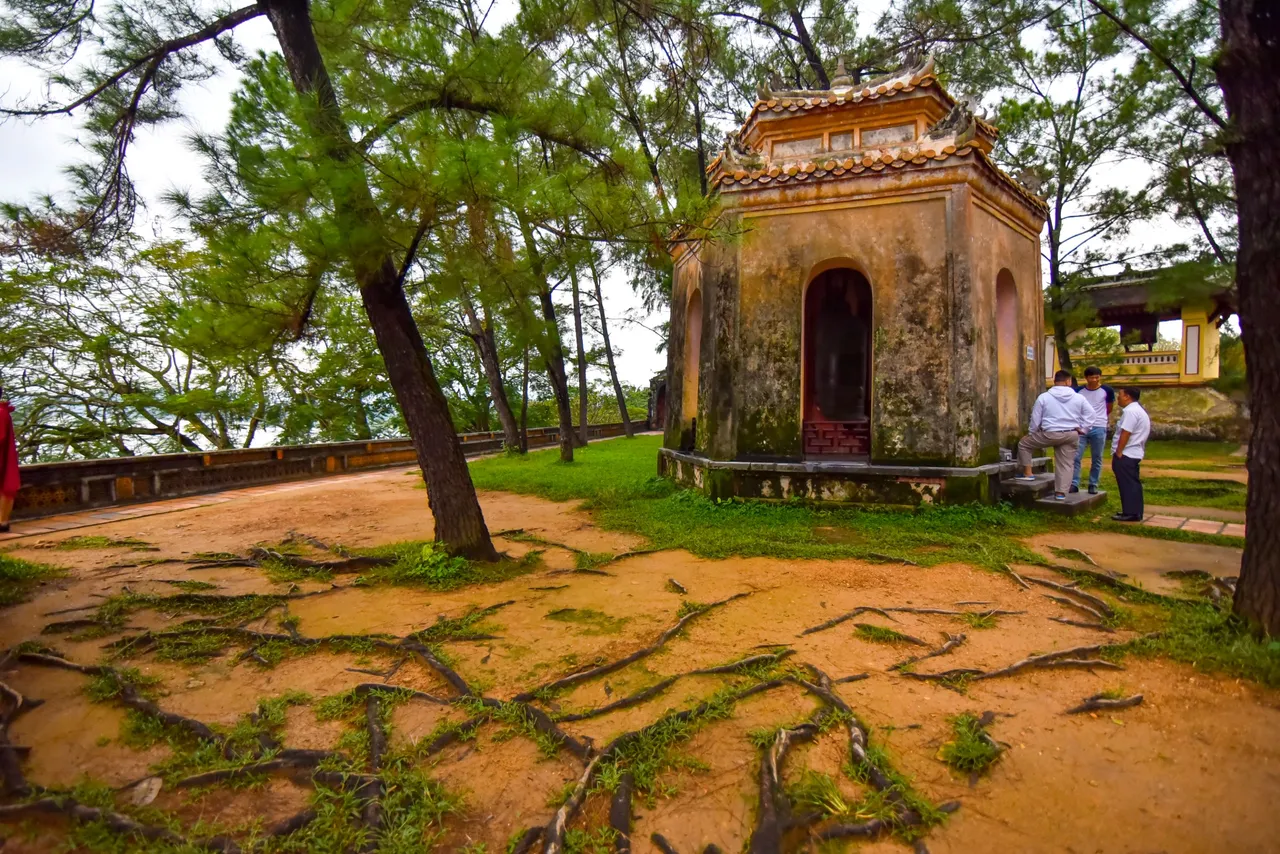
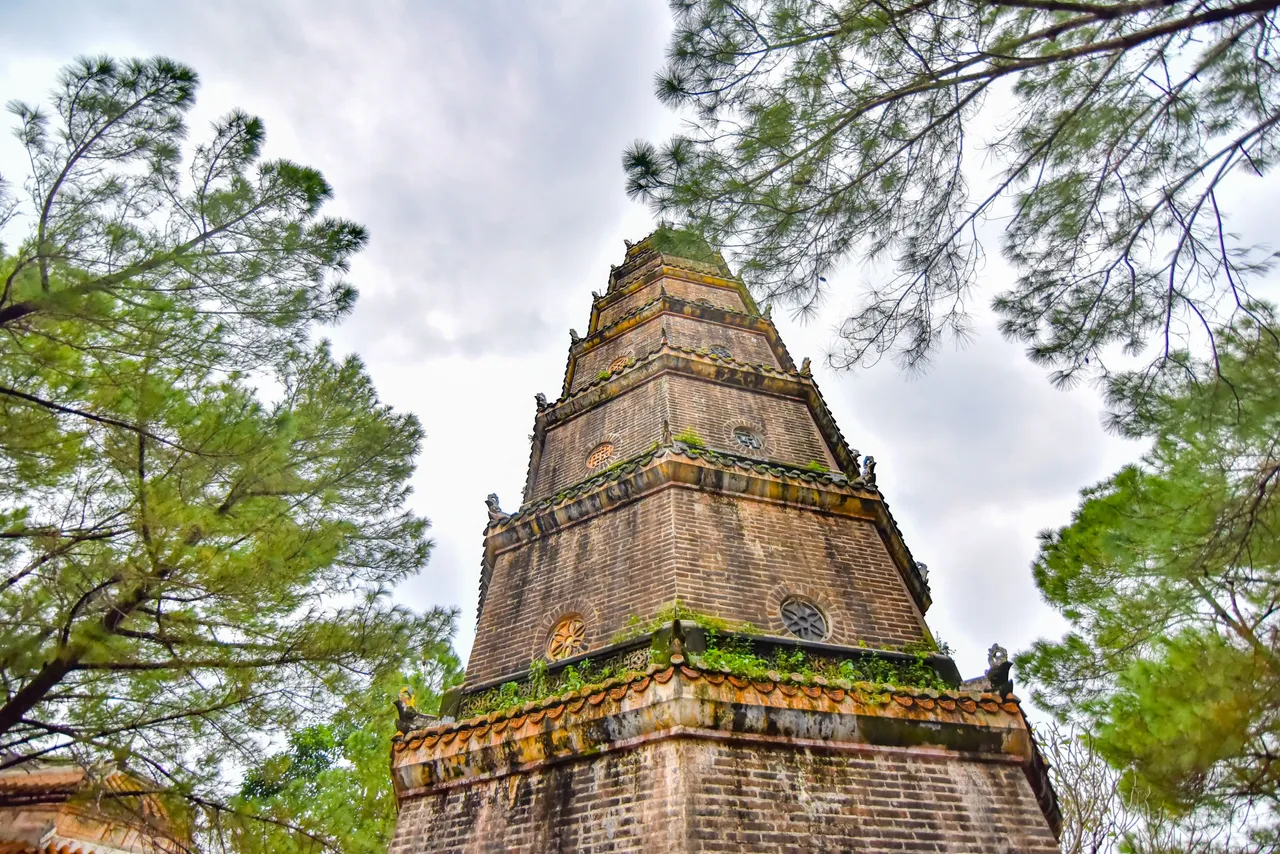
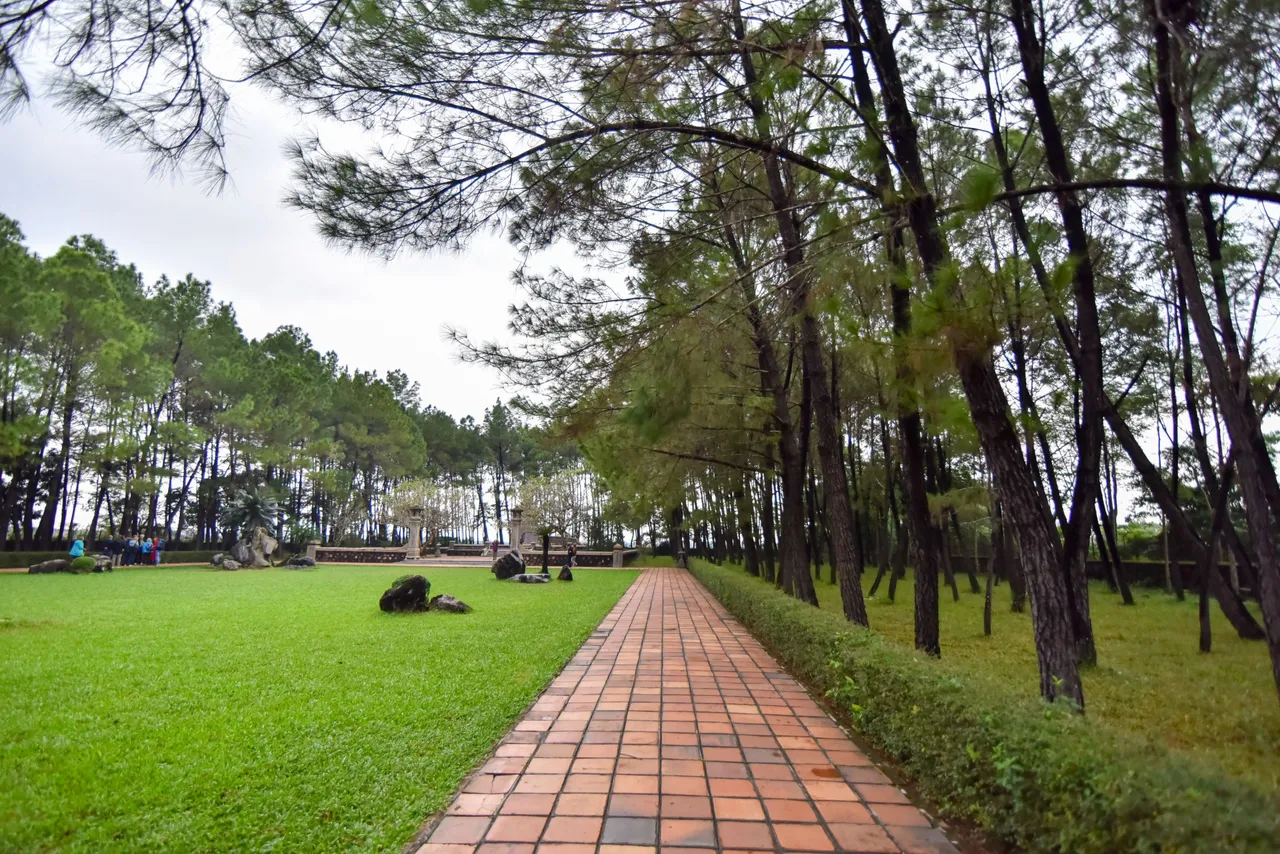
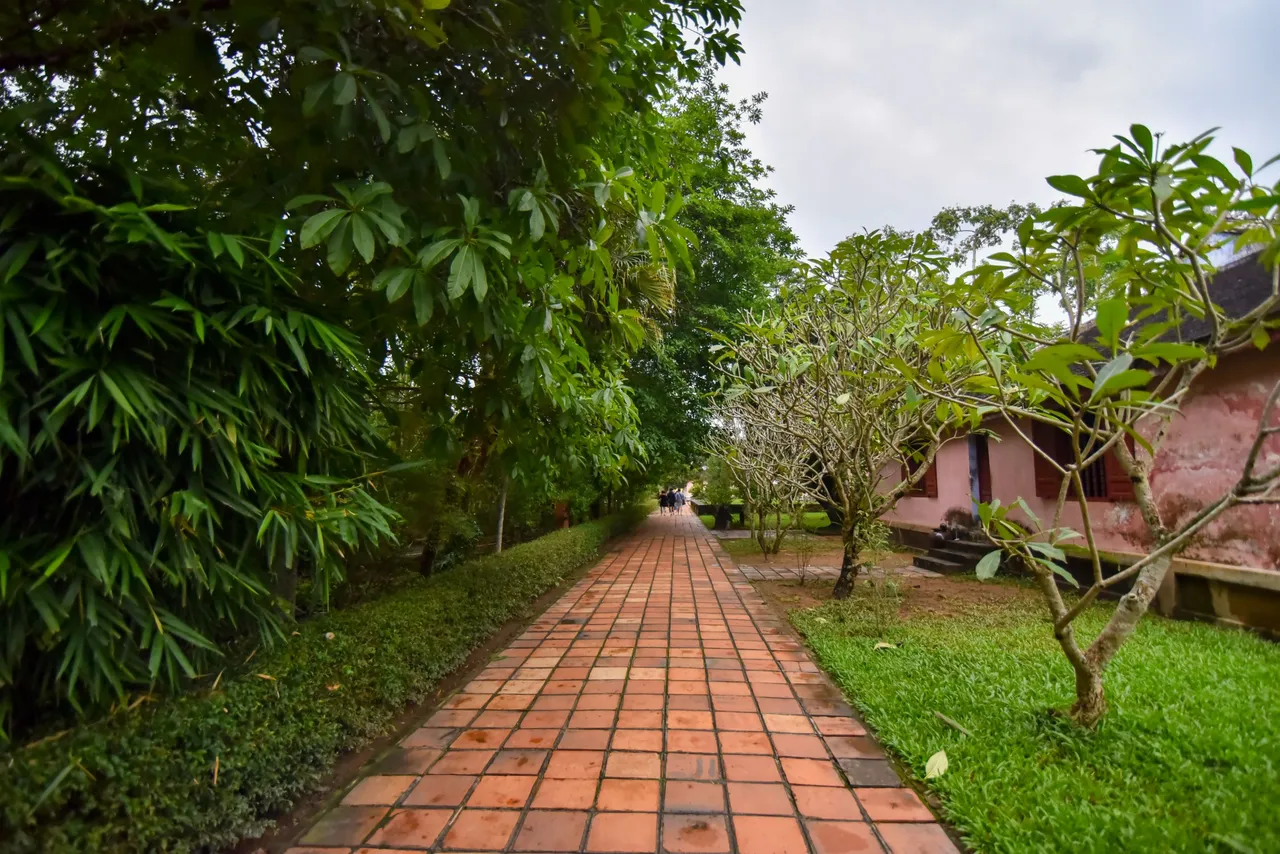

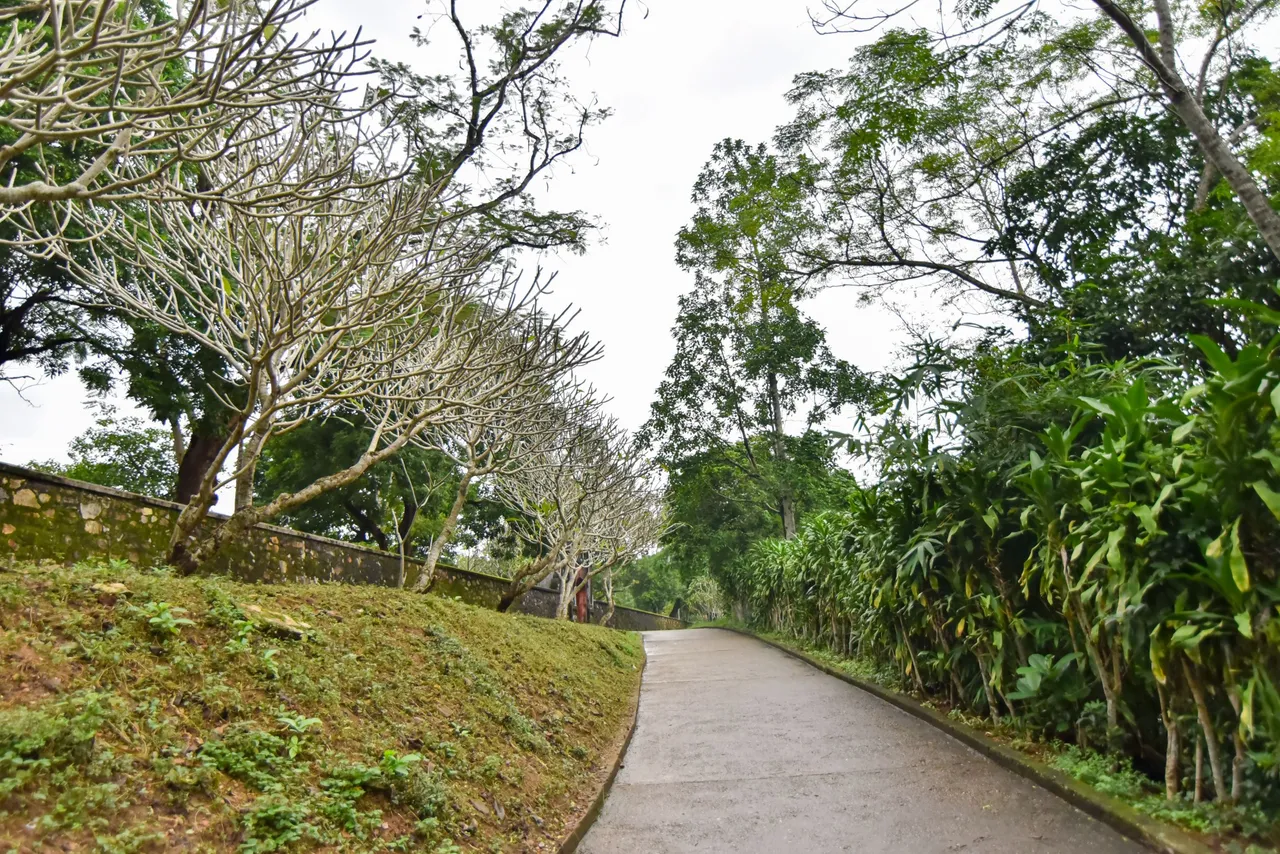
Outside of the pagoda, there are 4 pillars, to enter the temple, visitors will step up high-level stairs. The highlight in front of this temple is Phuoc Duyen tower, 21m high tower, including 7 floors, inside each floor will be worshipping a Buddha statue. Previously, Phuoc Duyen tower was always open to visitors, but at this time it is closed due to the epidemic situation, so now visitors can only visit from outside the stupa. Around the four corners of the Phuoc Duyen tower area, there is also the Dia Tang Temple, the Quan Am Palace, the Dai Hung Palace, and the same hall with a large bronze bell. Standing from Phuoc Duyen tower, visitors can easily see the panoramic view of the romantic Perfume River below Ha Khe hill.
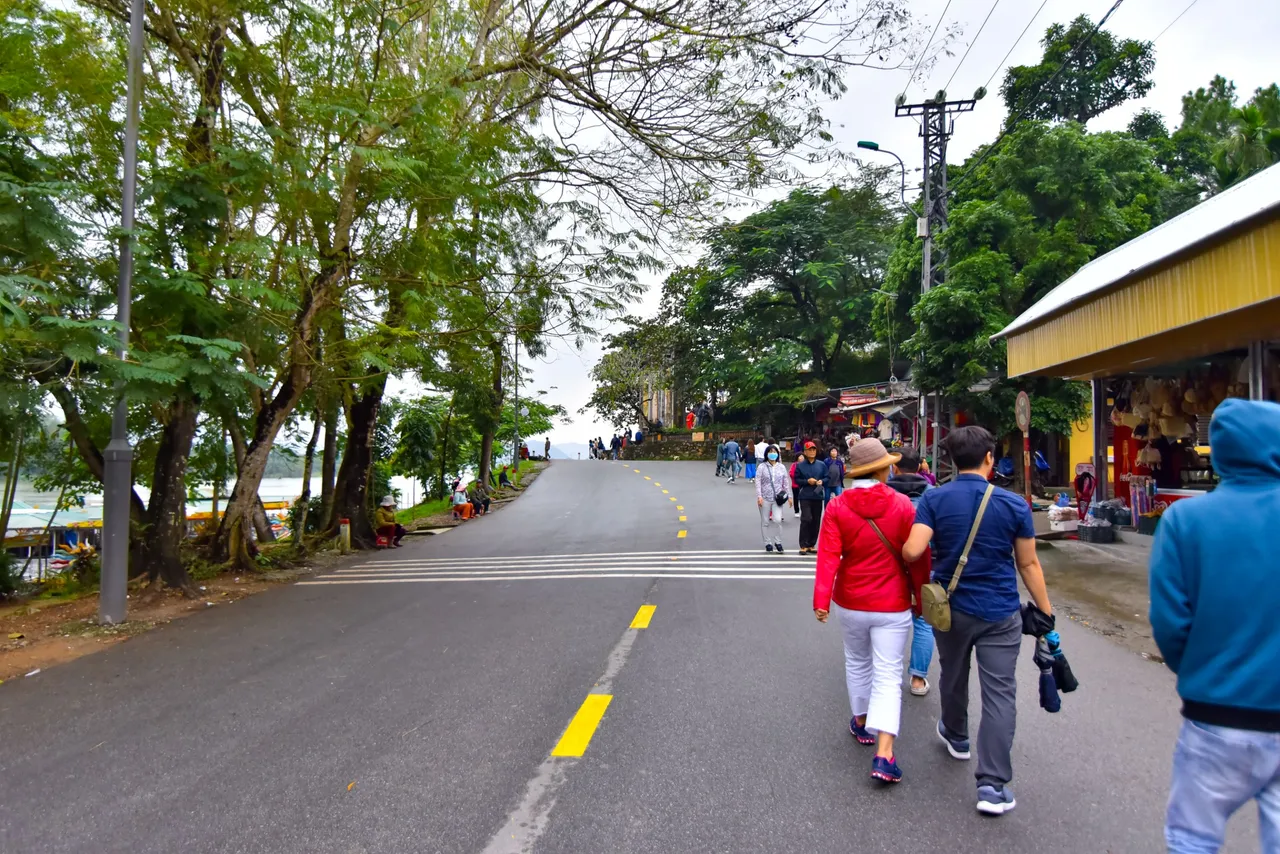
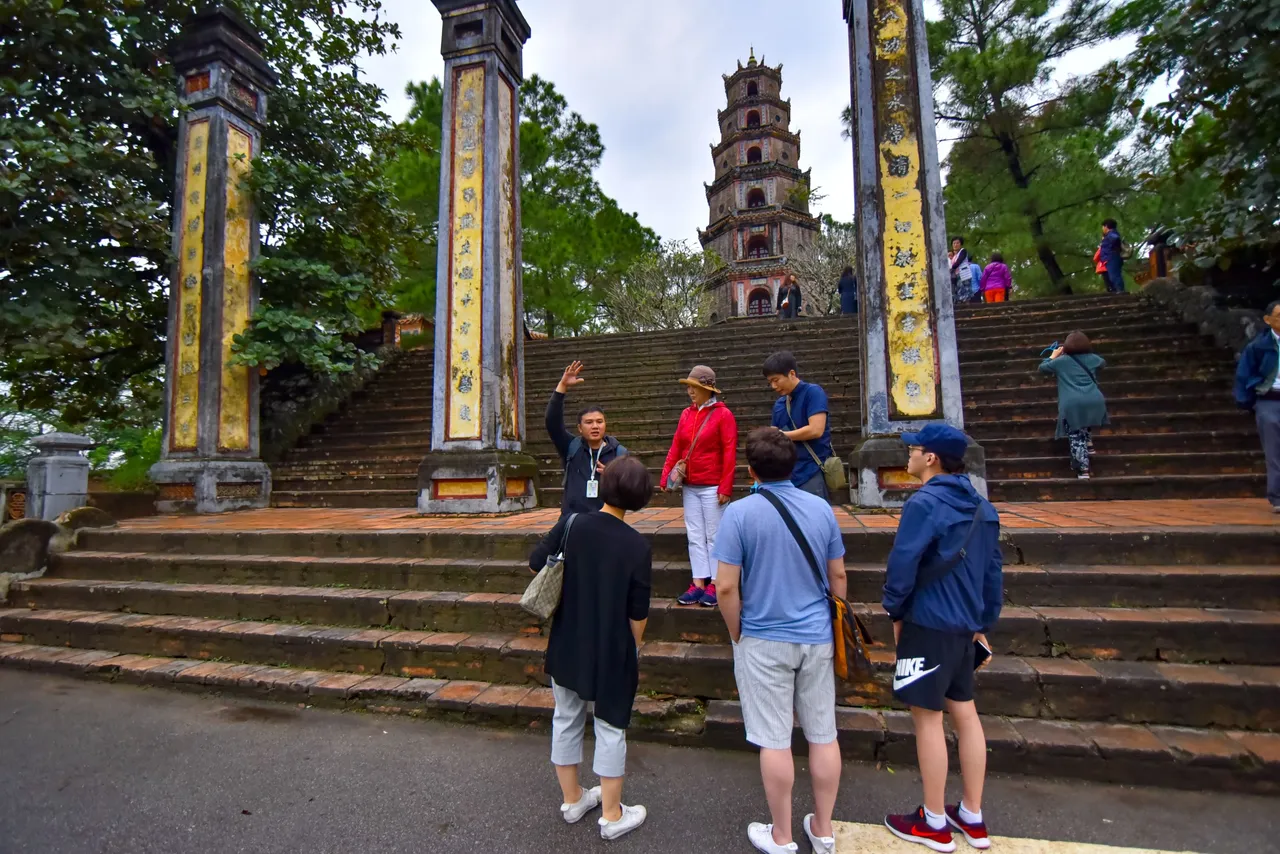
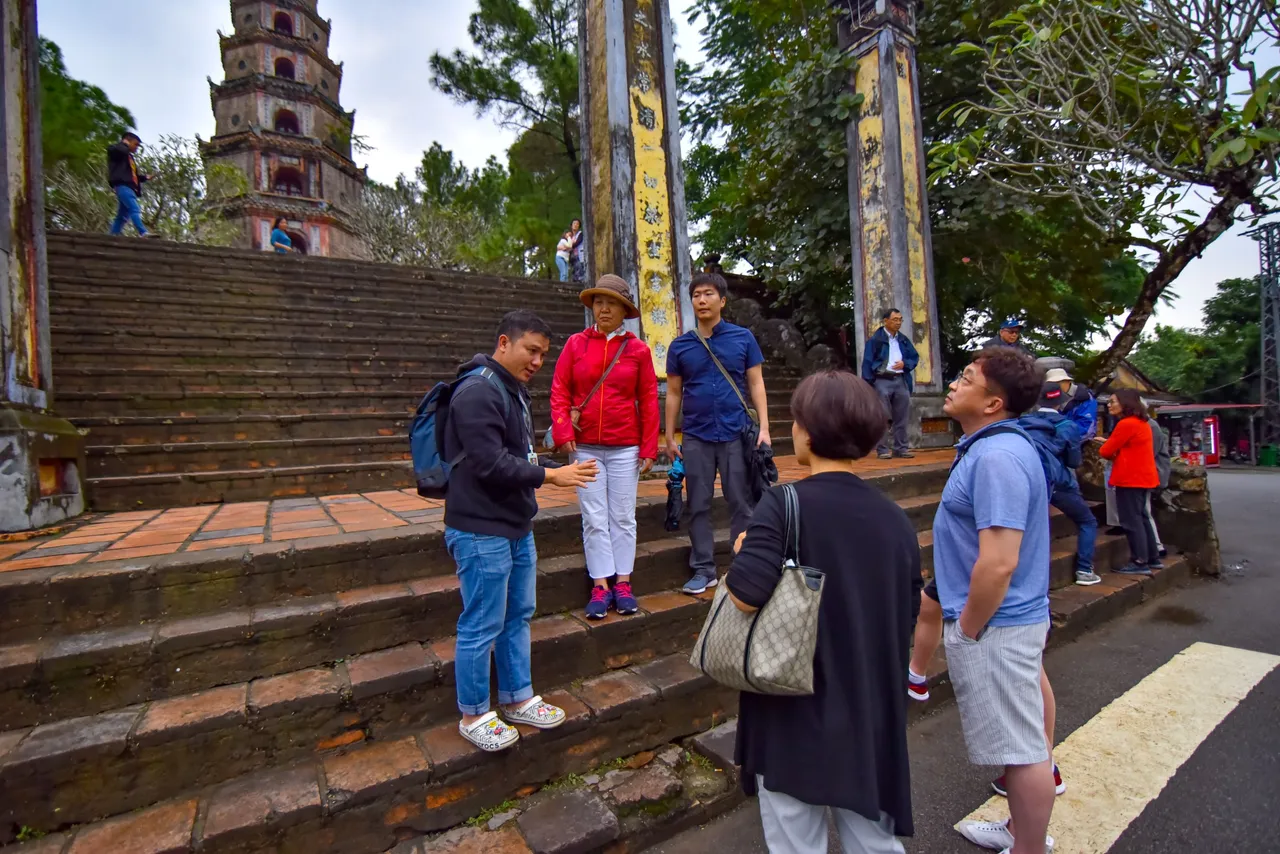
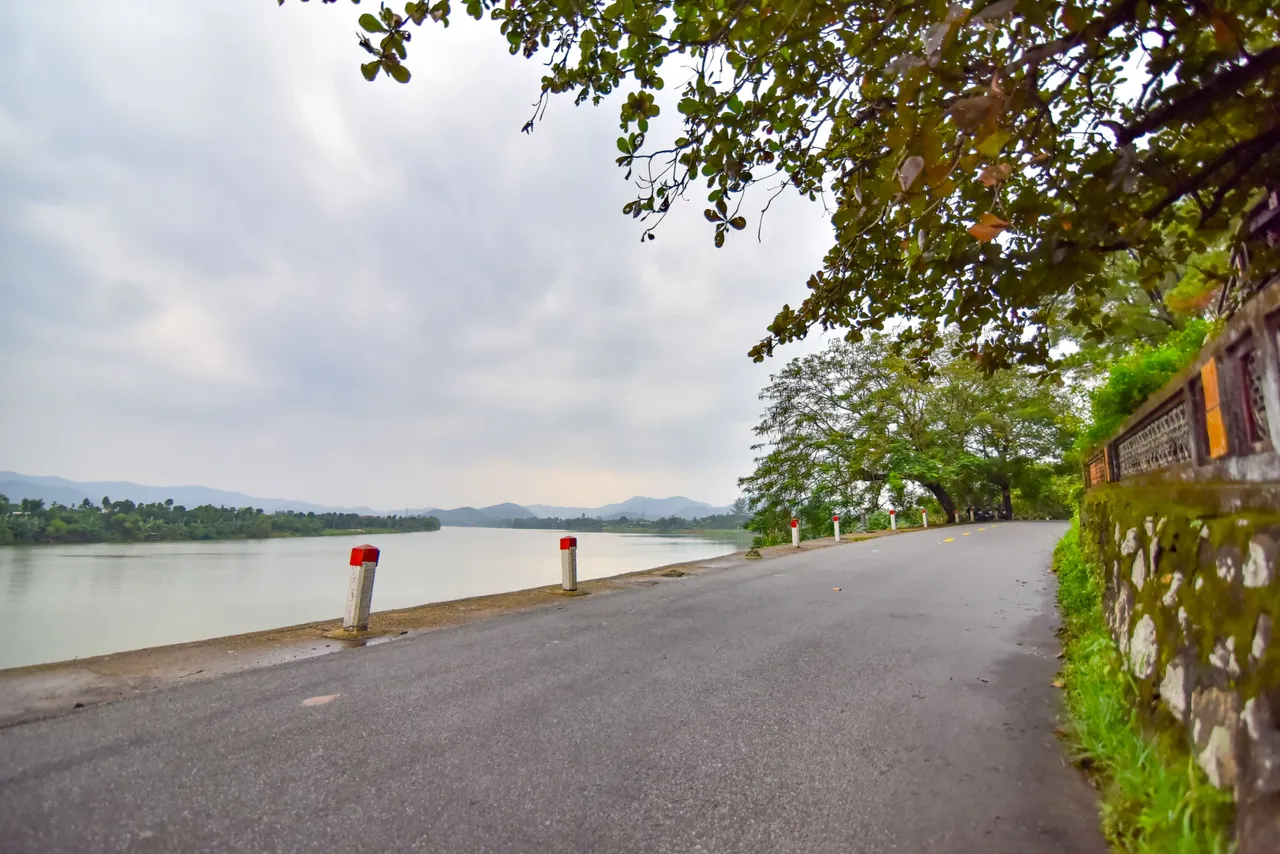
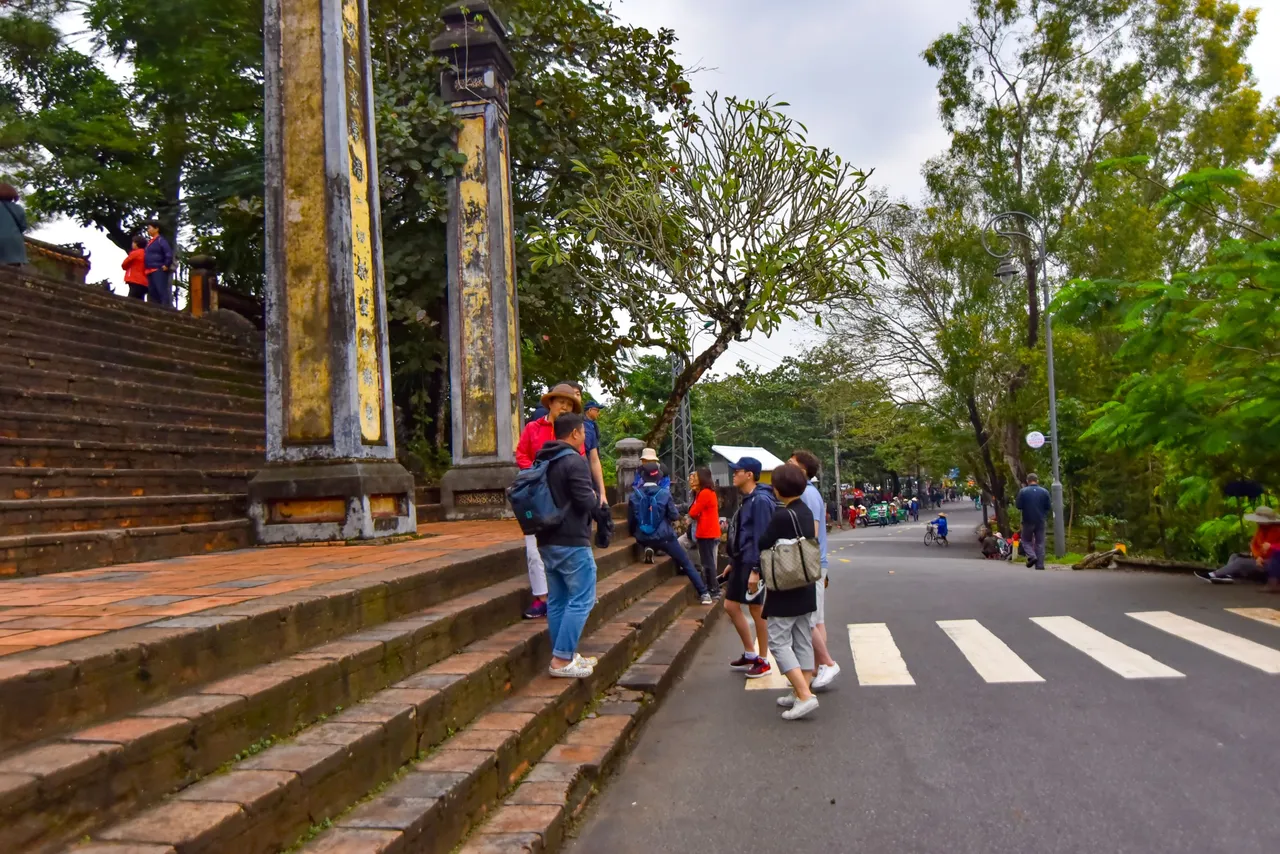
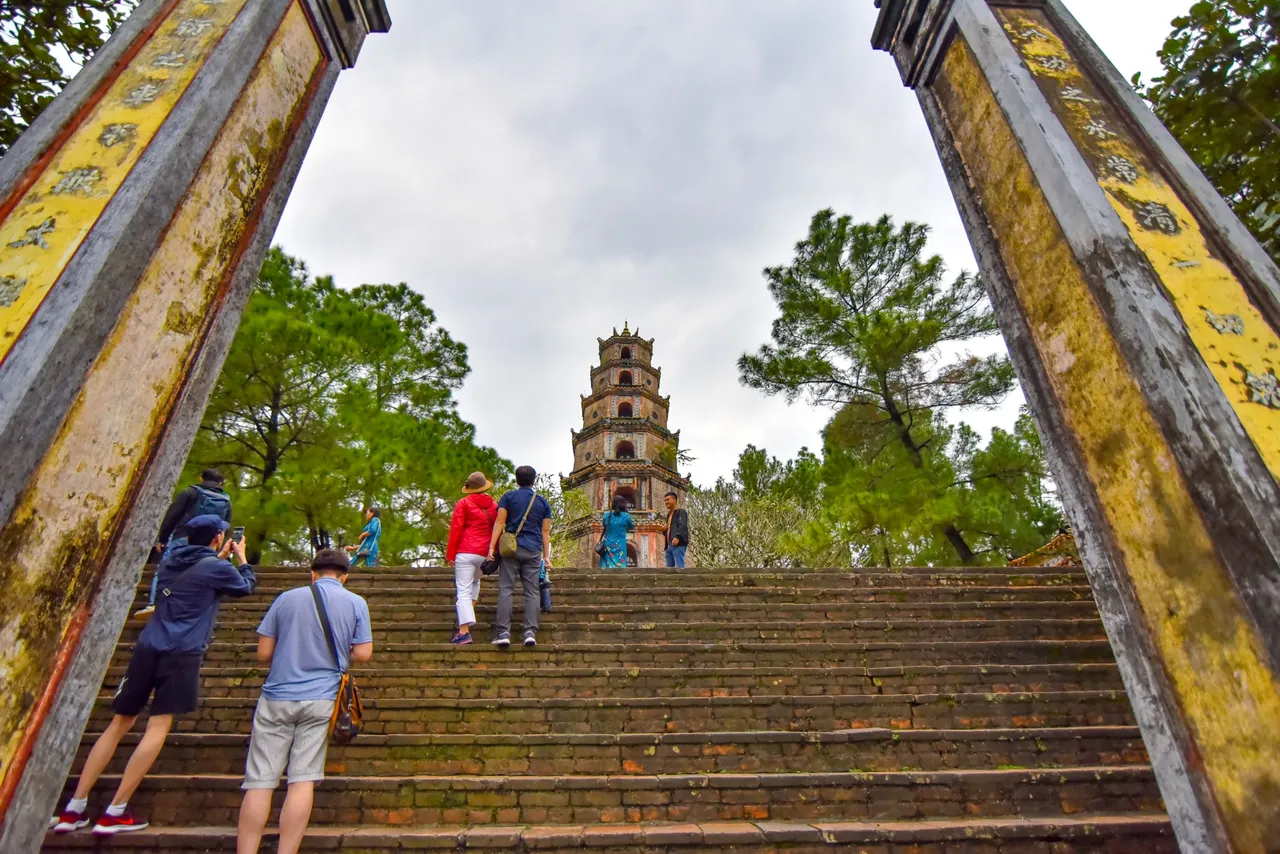
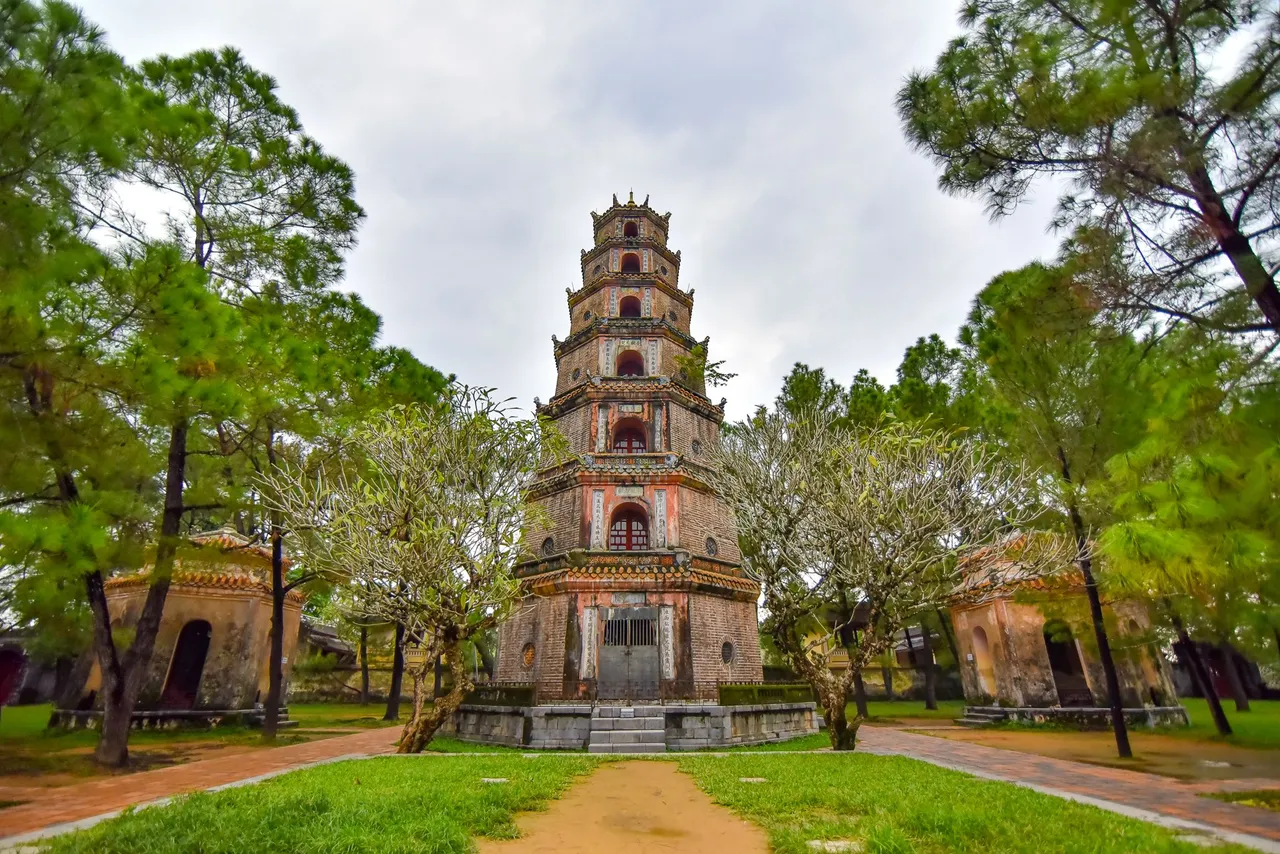
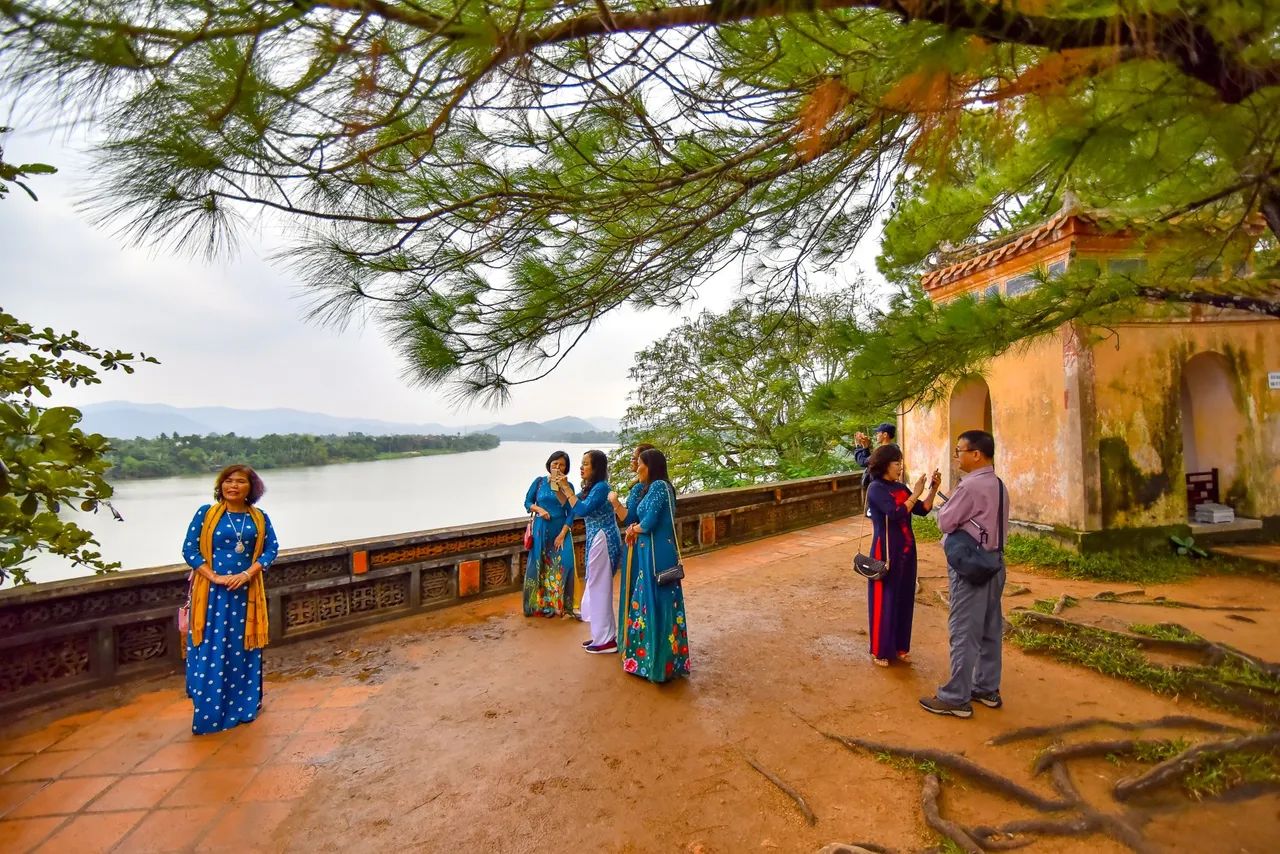
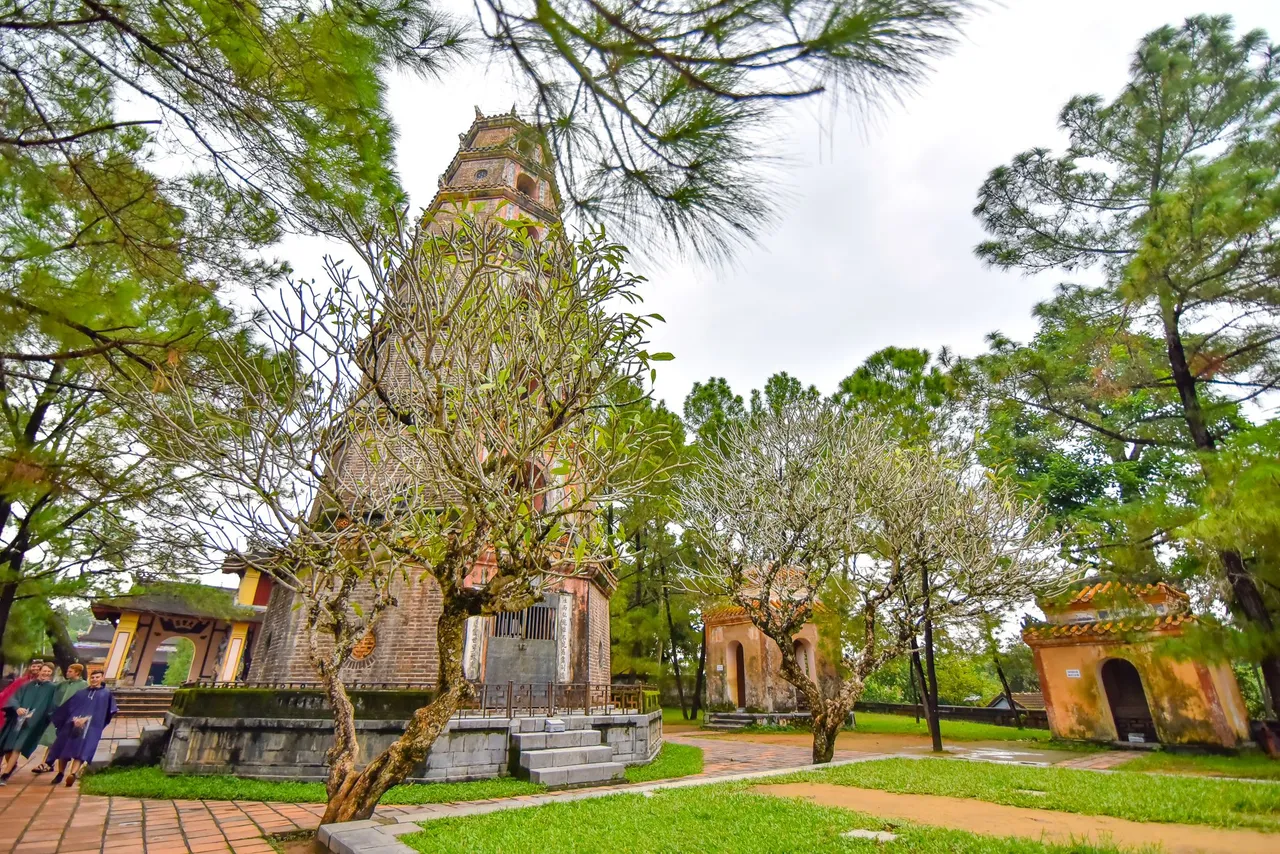
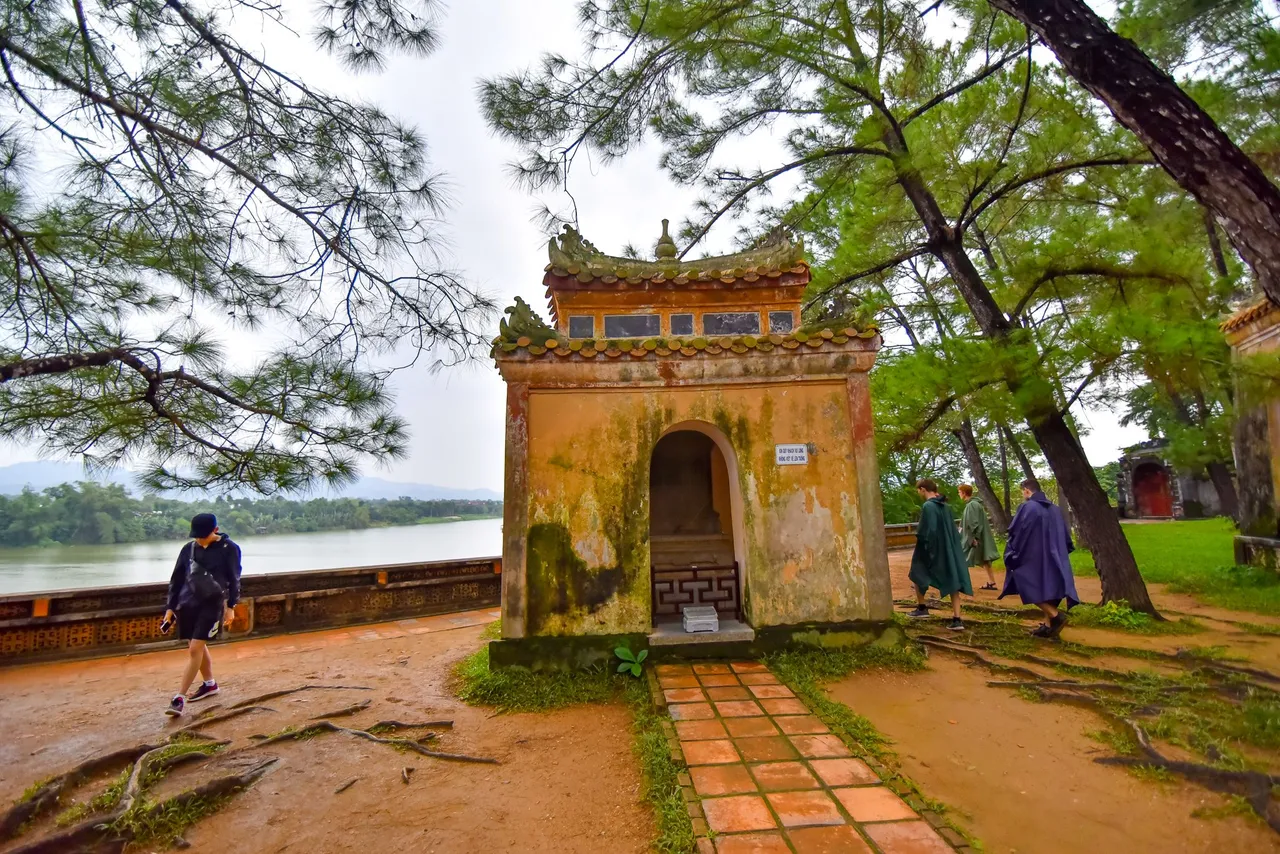
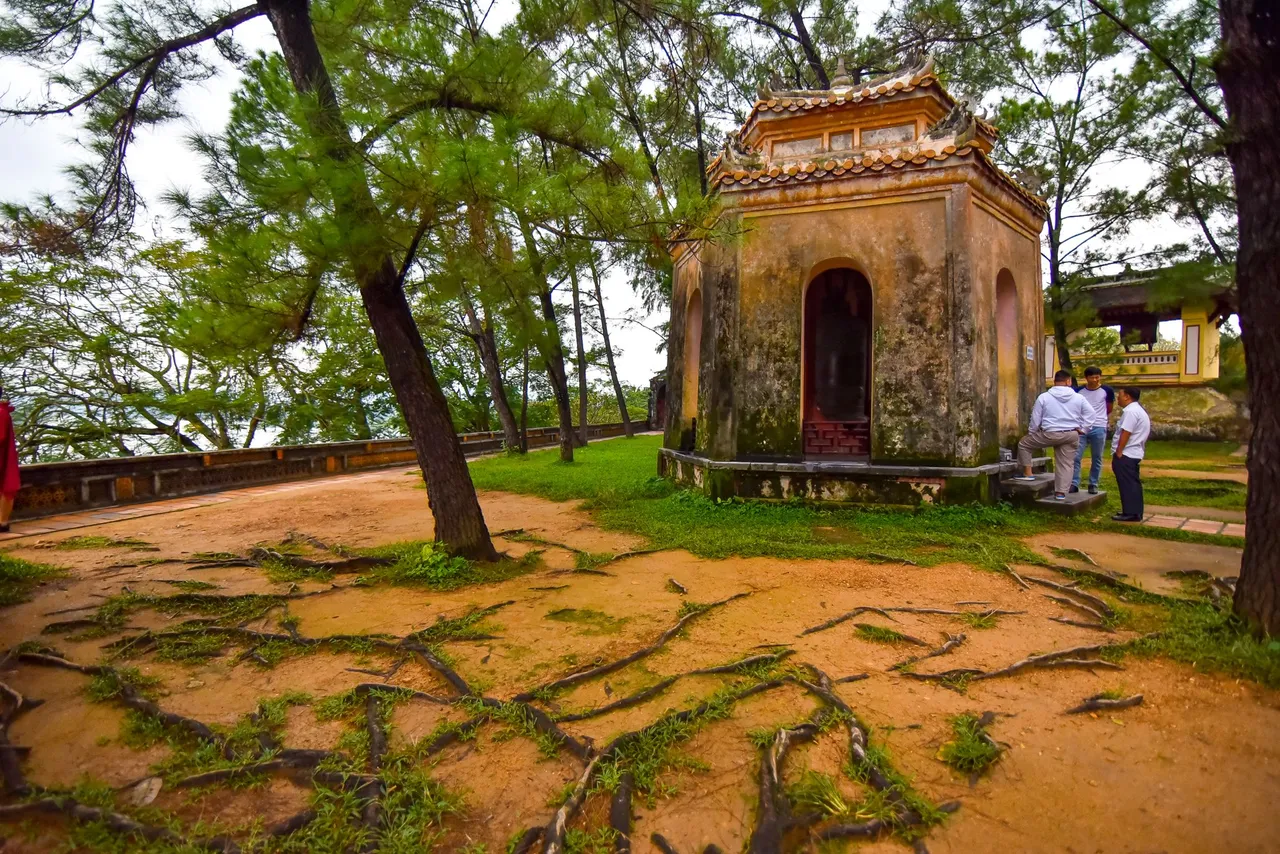
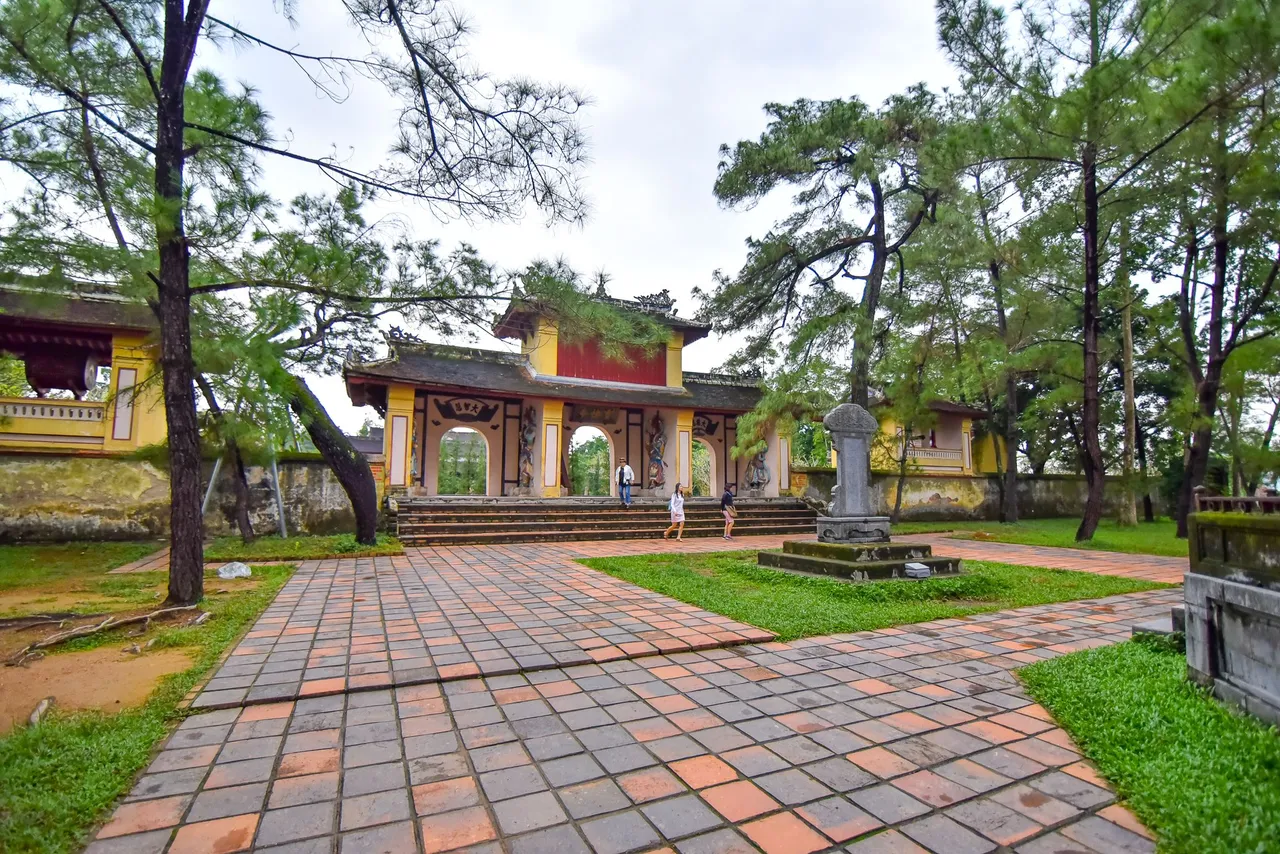

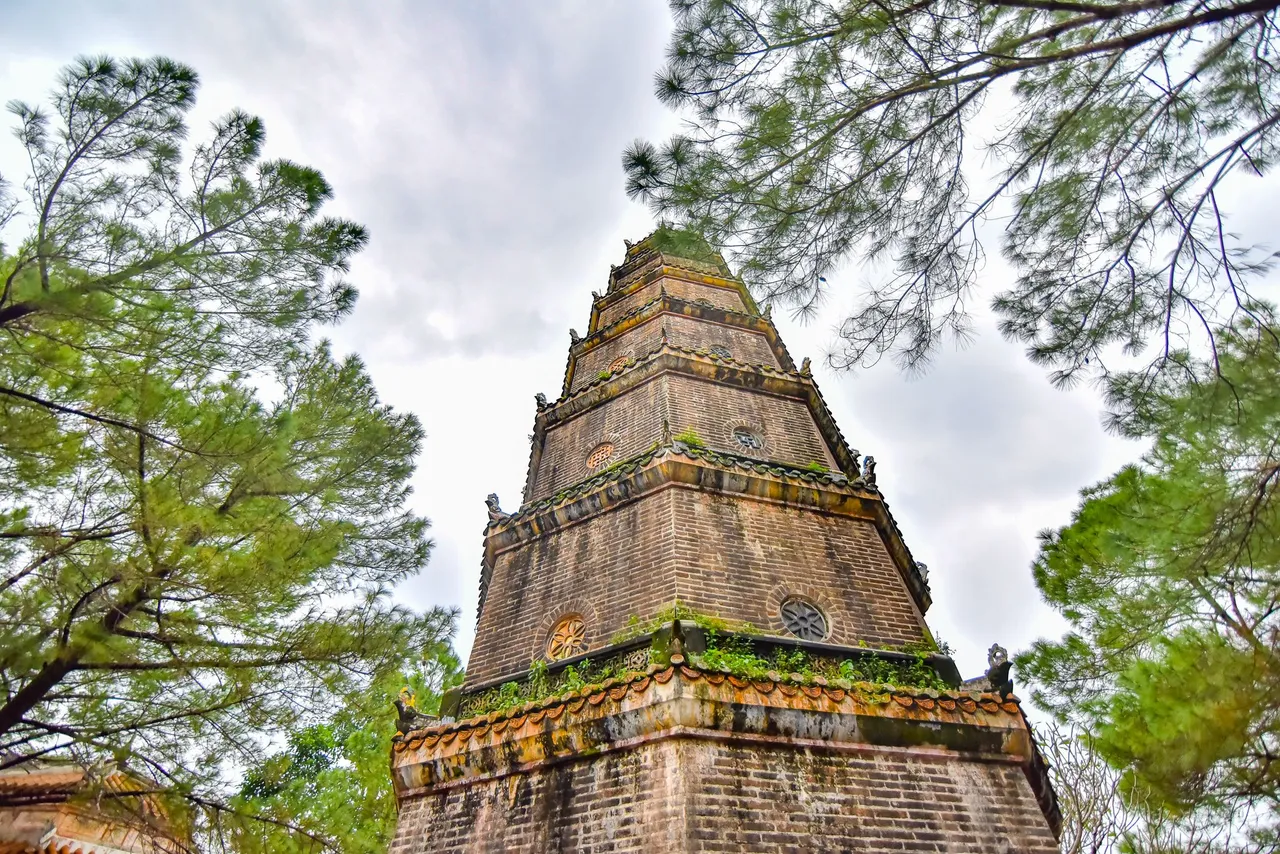
Located behind Phuoc Duyen tower, is Tam Quan gate. This is the main gate of the temple. Tam Quan Gate consists of 2 floors and 8 roofs, including 3 paths to pass through the gate and enter the main hall of Thien Mu Pagoda. After going through the Tam Quan gate, visitors will step inside the grounds of Dai Hung Palace. This is the main hall of Thien Mu pagoda. Inside Dai Hung Palace, there is a statue of Maitreya Buddha. Inside the main hall, visitors will not be allowed to take pictures and that is the policy of this temple. The campus of the pagoda is planted with many rows of porcelain flowers, this is one of the oldest porcelain trees.

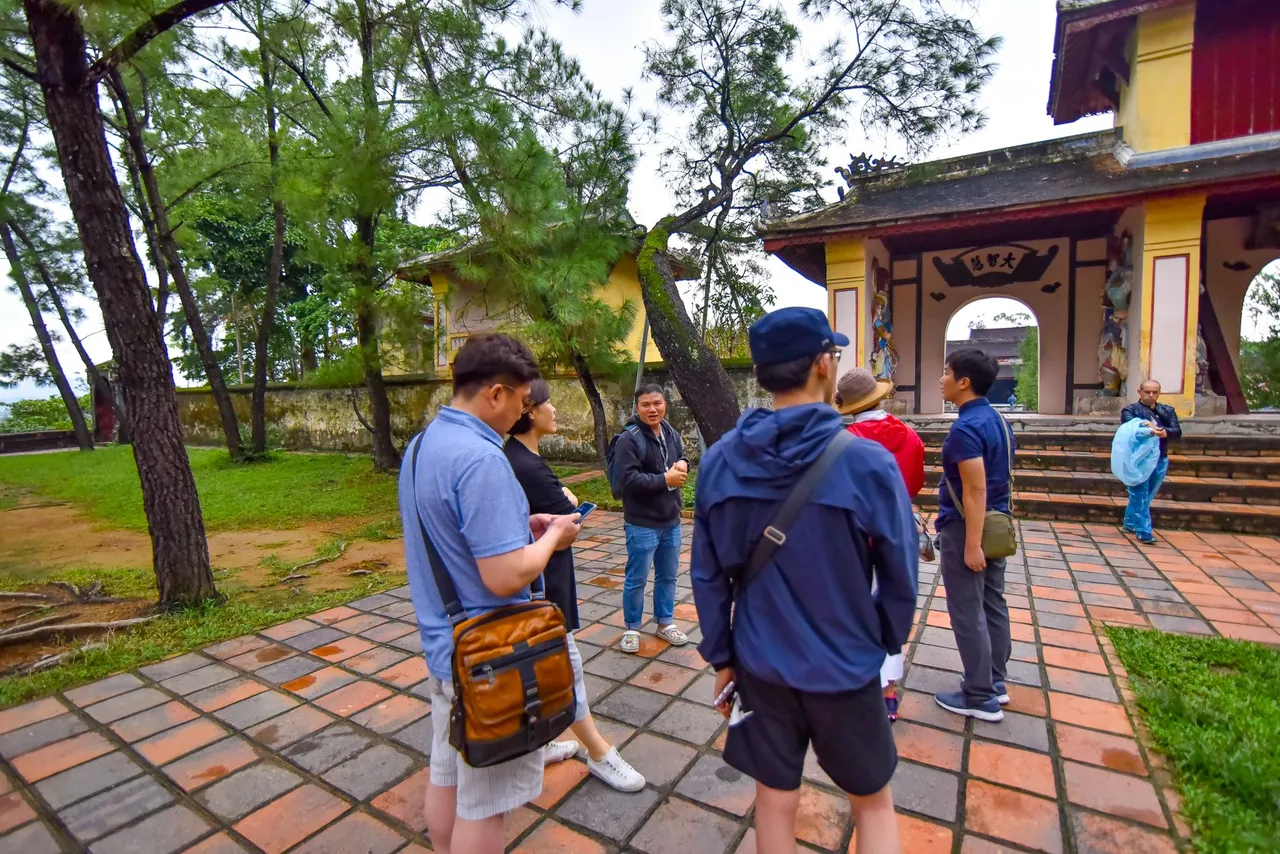
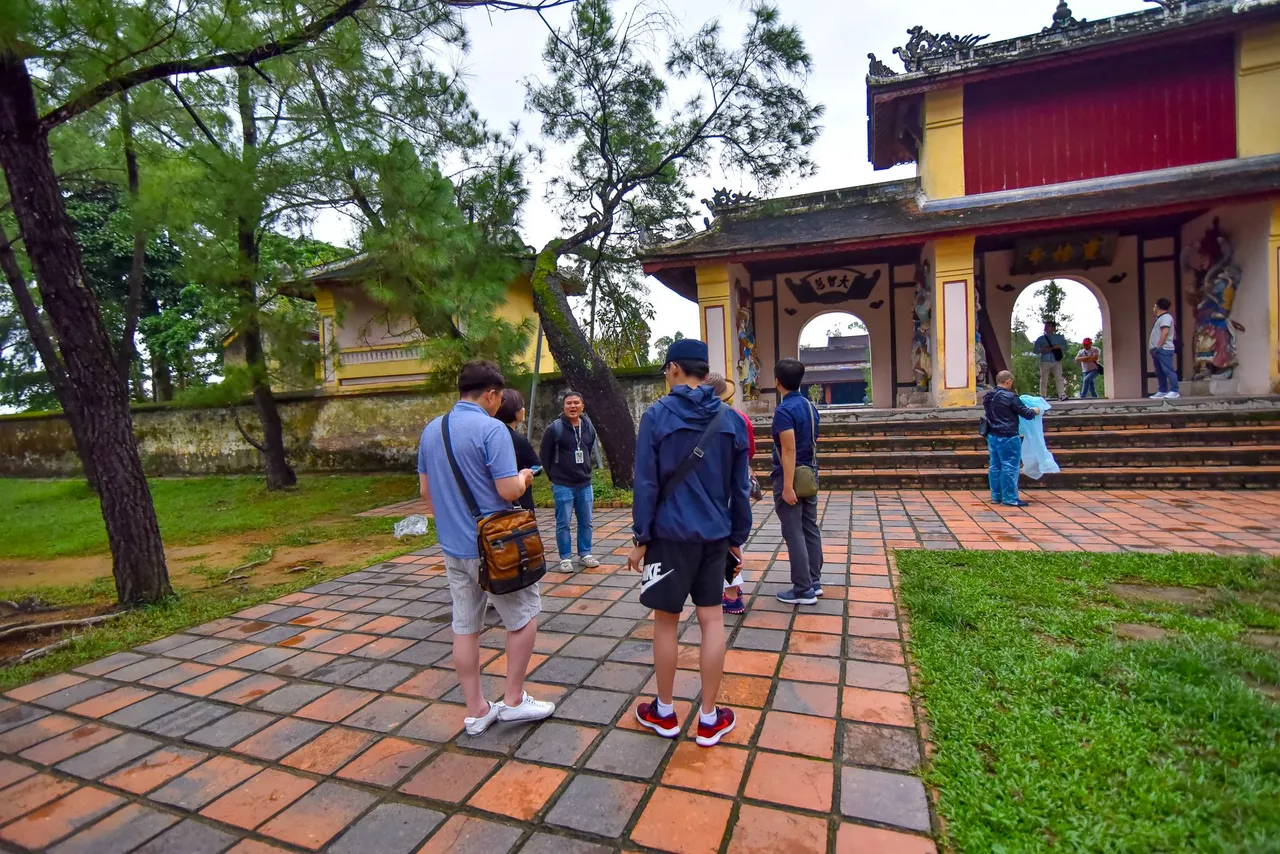
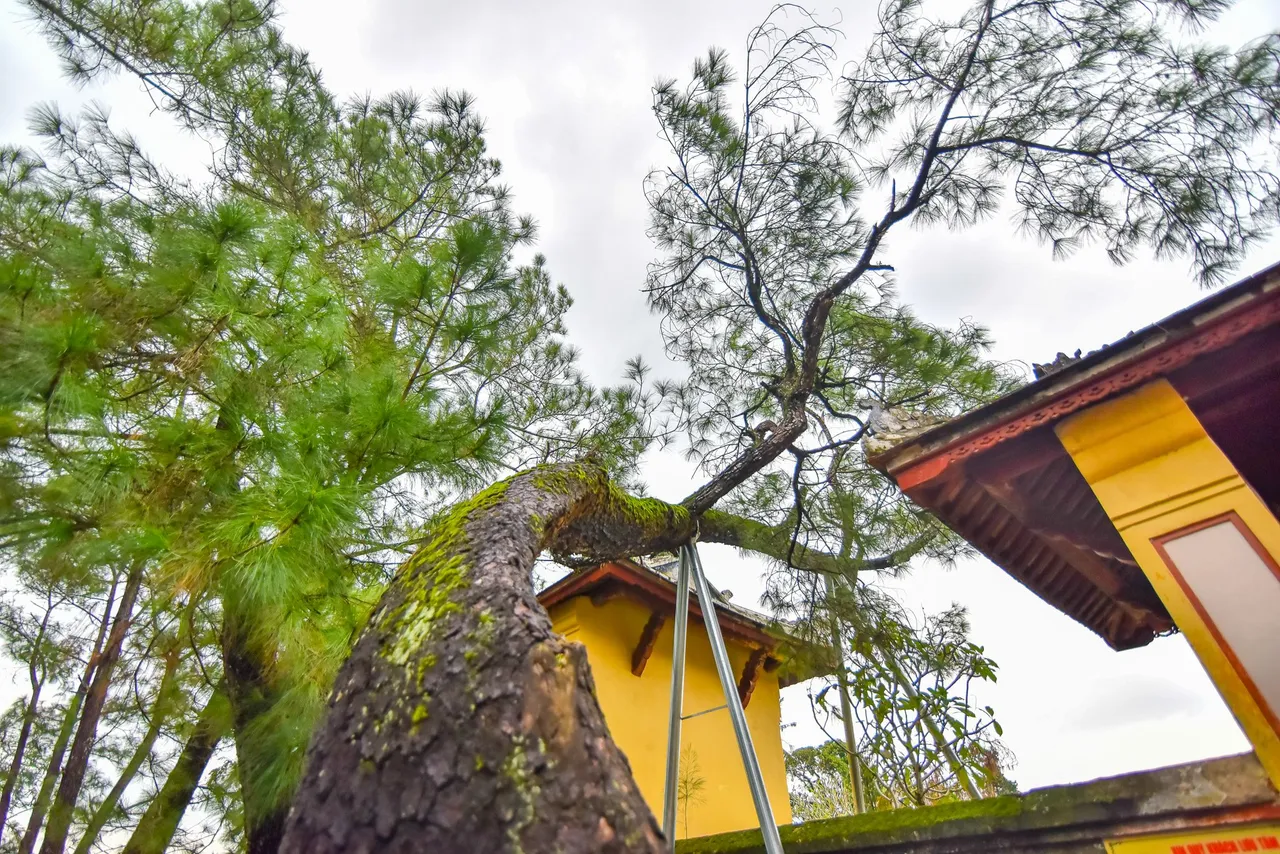
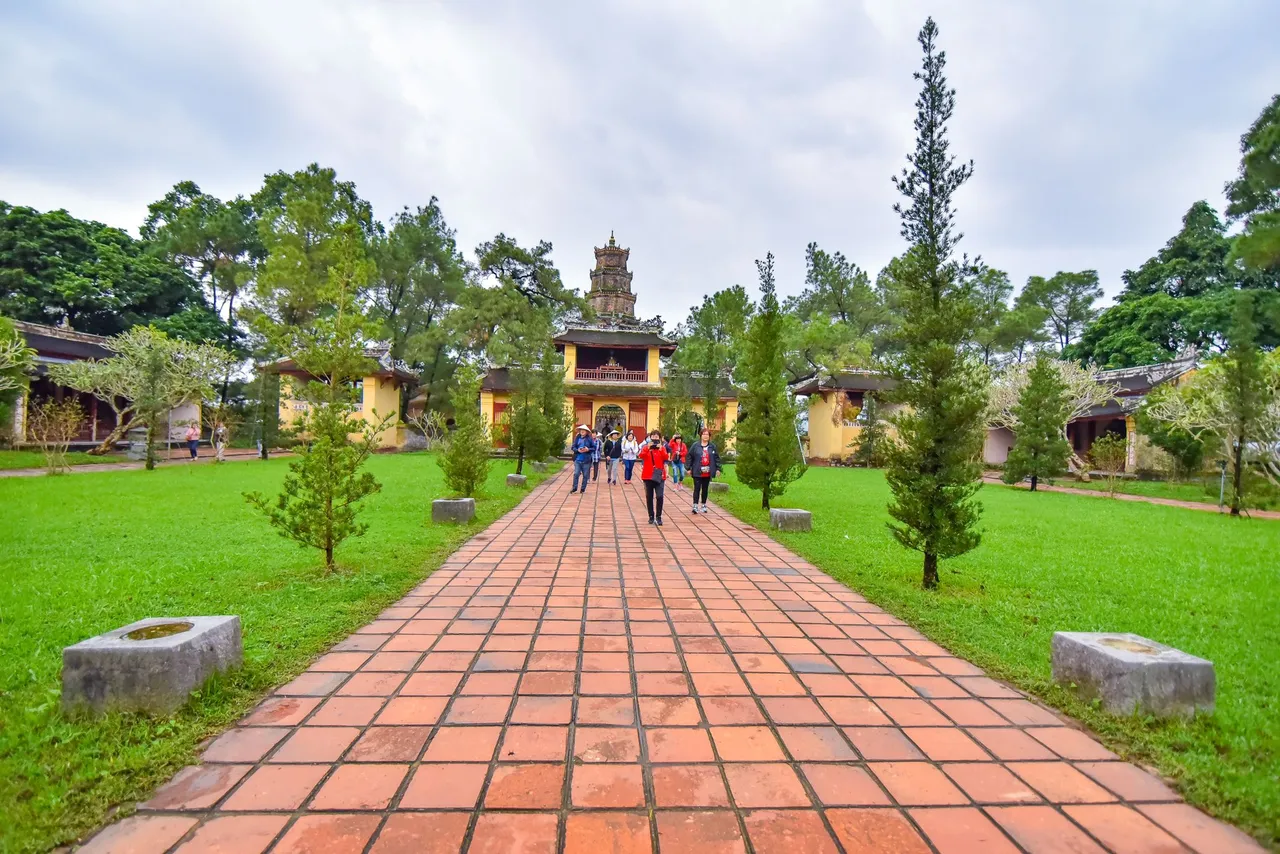
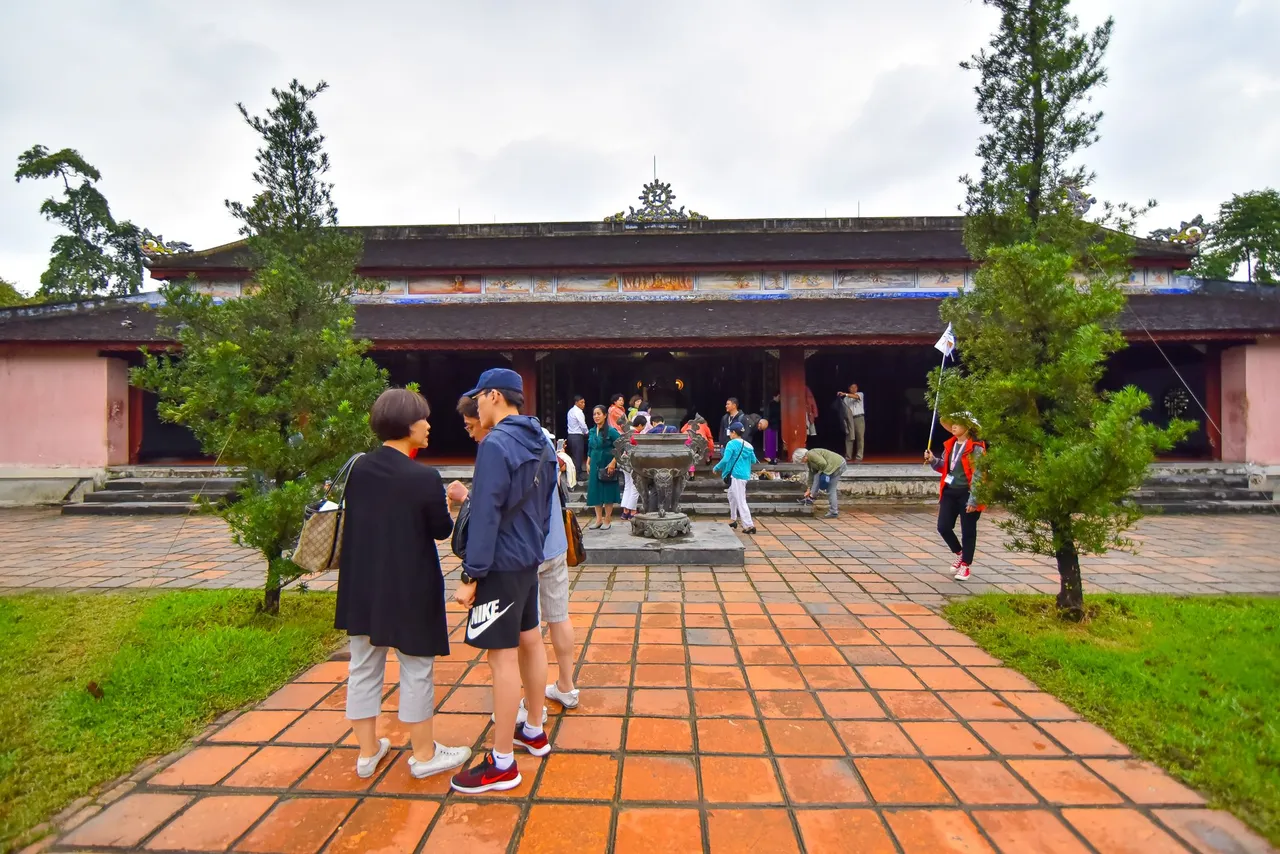
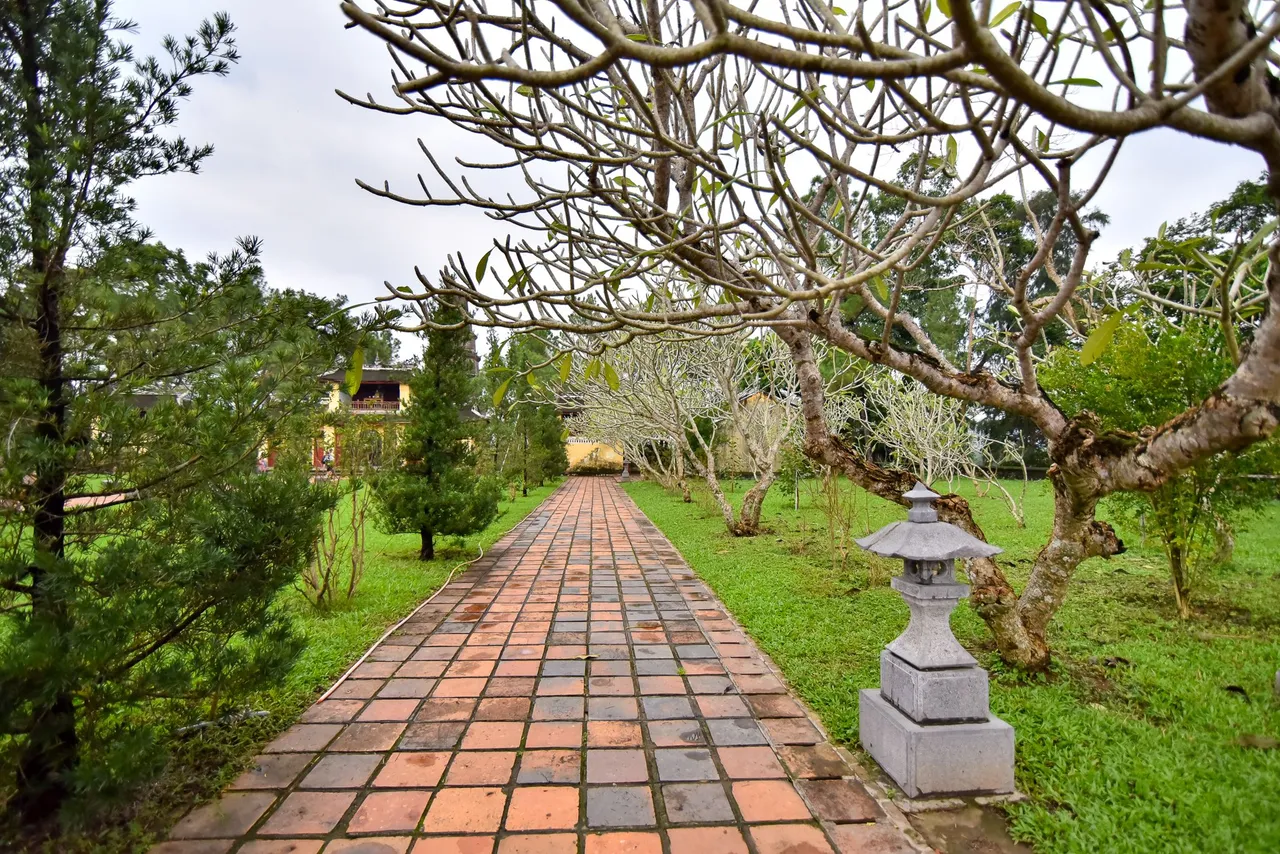
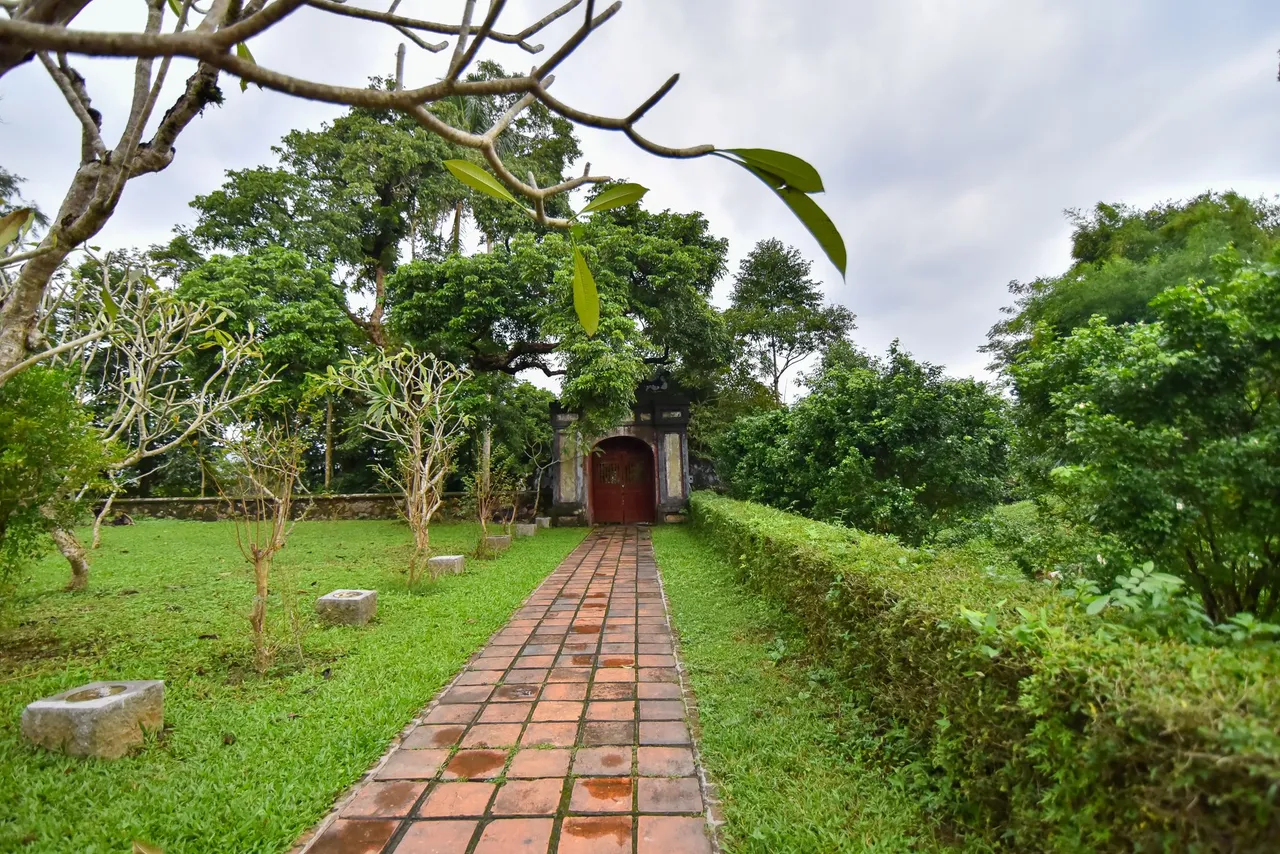
Behind the main hall of Thien Mu pagoda is the exhibition house of the late monk Thich Quang Duc, he was the monk who burned himself to fight the repression of Buddhism in 1963, by the Ngo Dinh Diem government. . Inside the exhibition hall there is a car of the monk Thich Quang Duc, this is his car on the day of his self-immolation, the car is painted in classic blue until today. On the campus of Thien Mu Pagoda, a tree named Sala is planted, the flower of this plant brings peace, visitors are very excited to see this flower, every time they have the opportunity to visit. this temple.
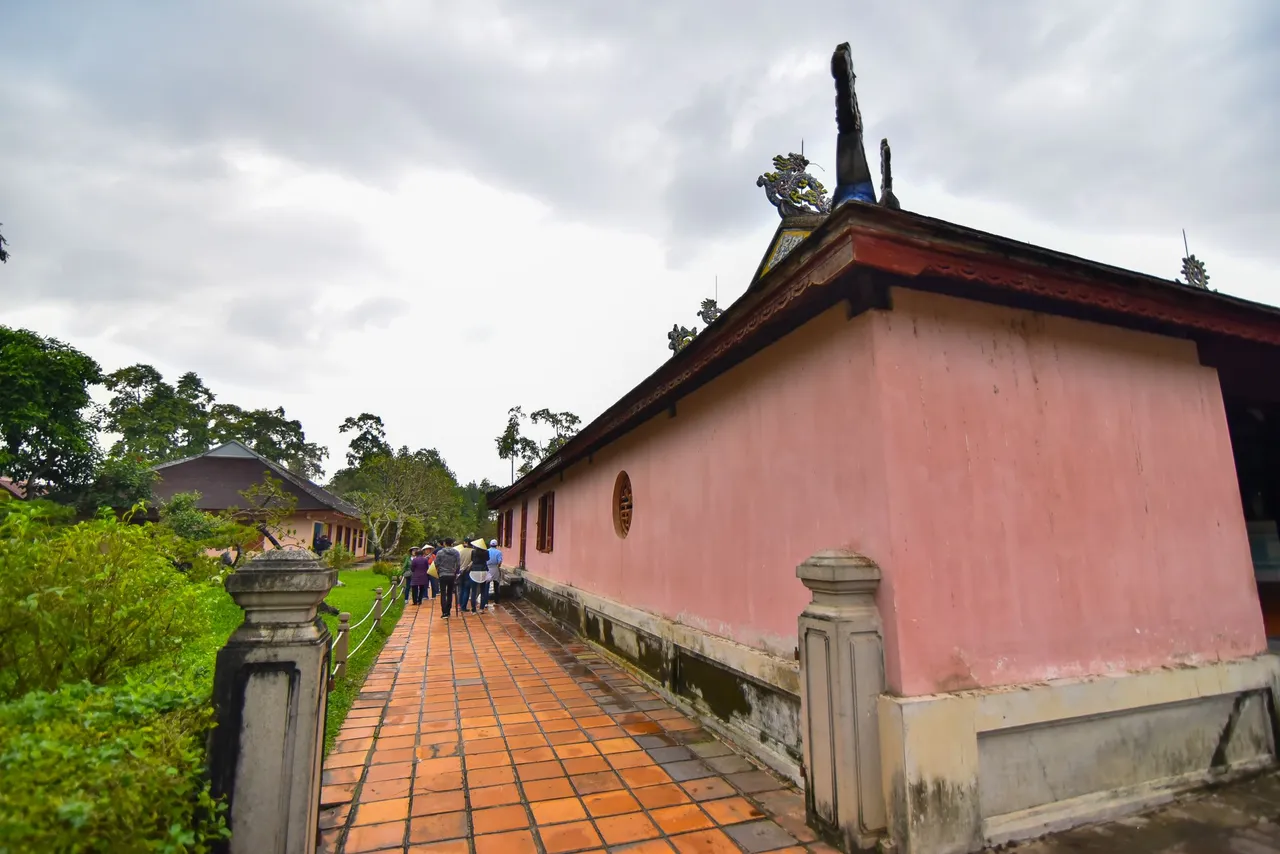
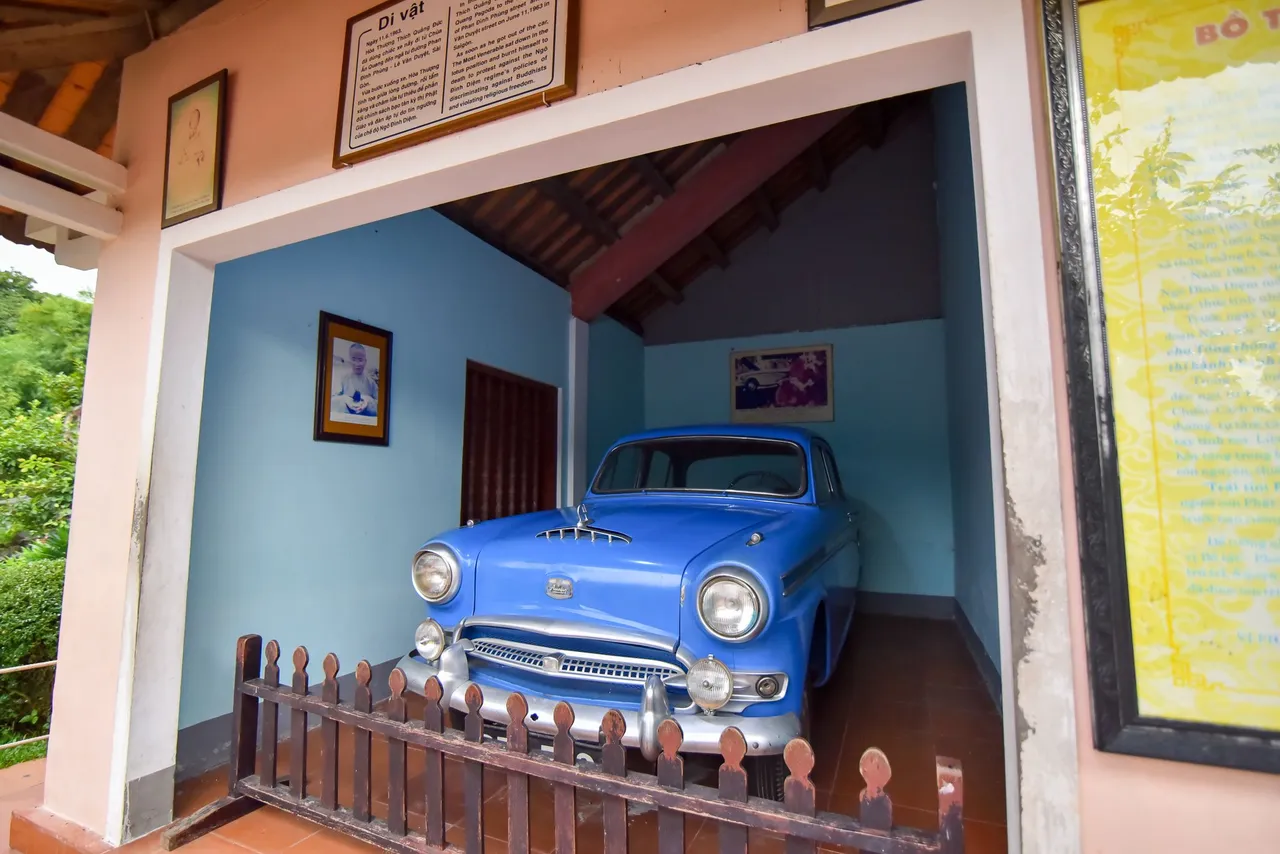
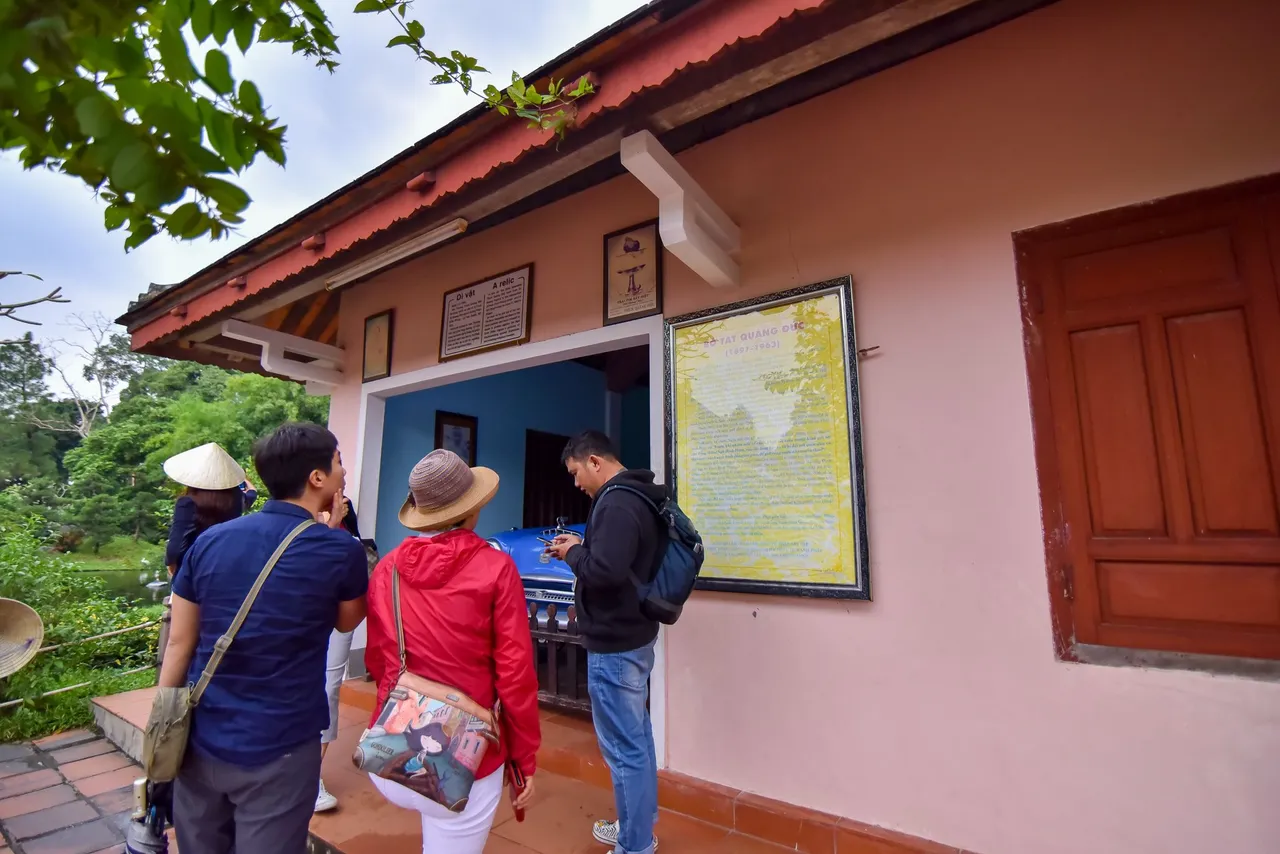
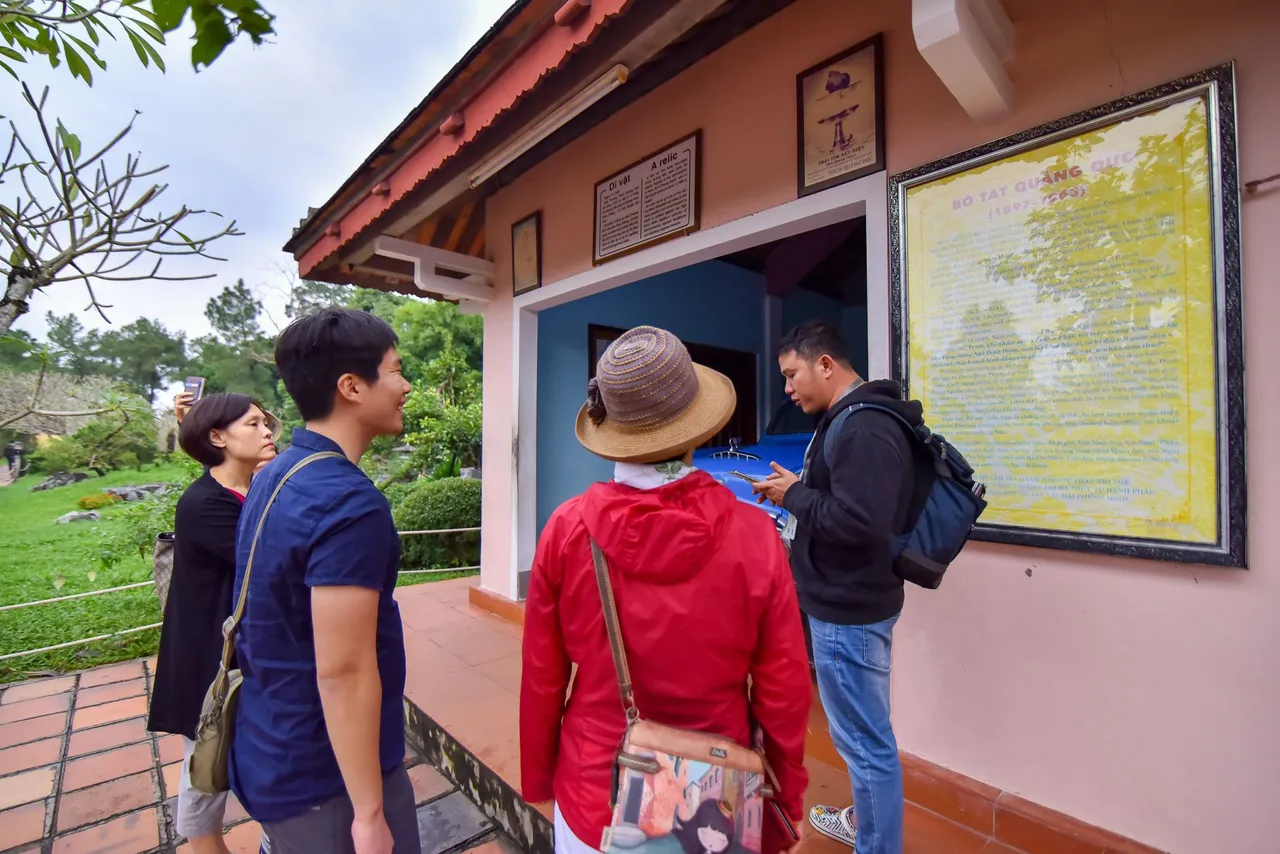

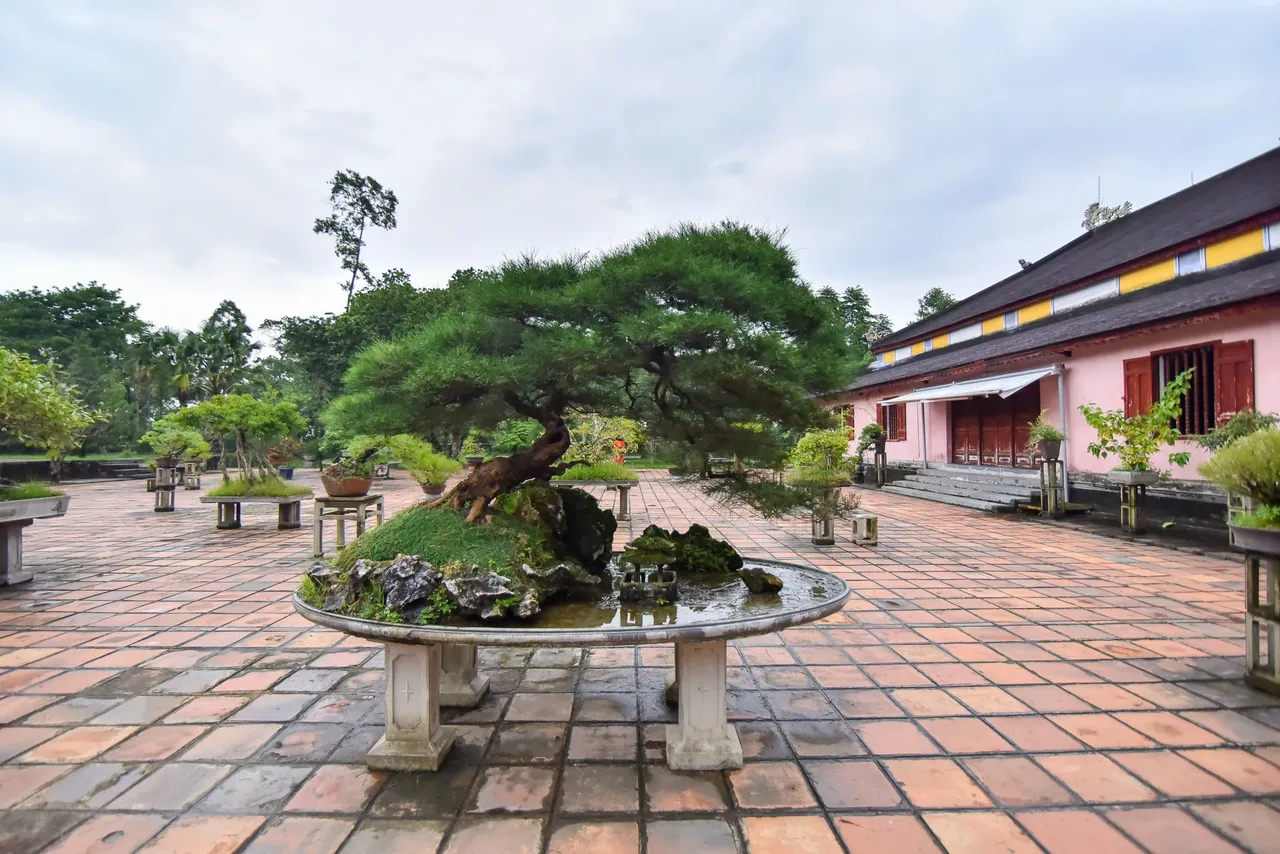
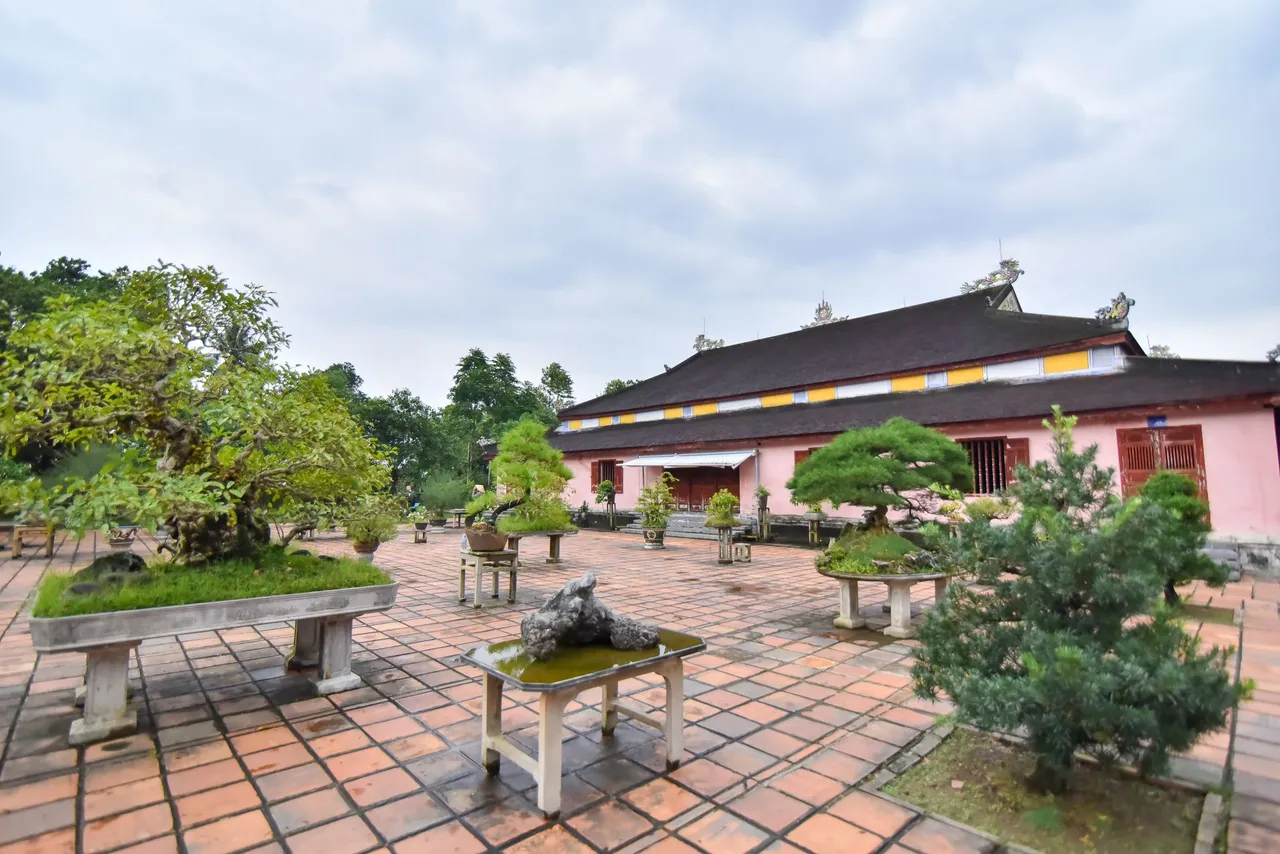
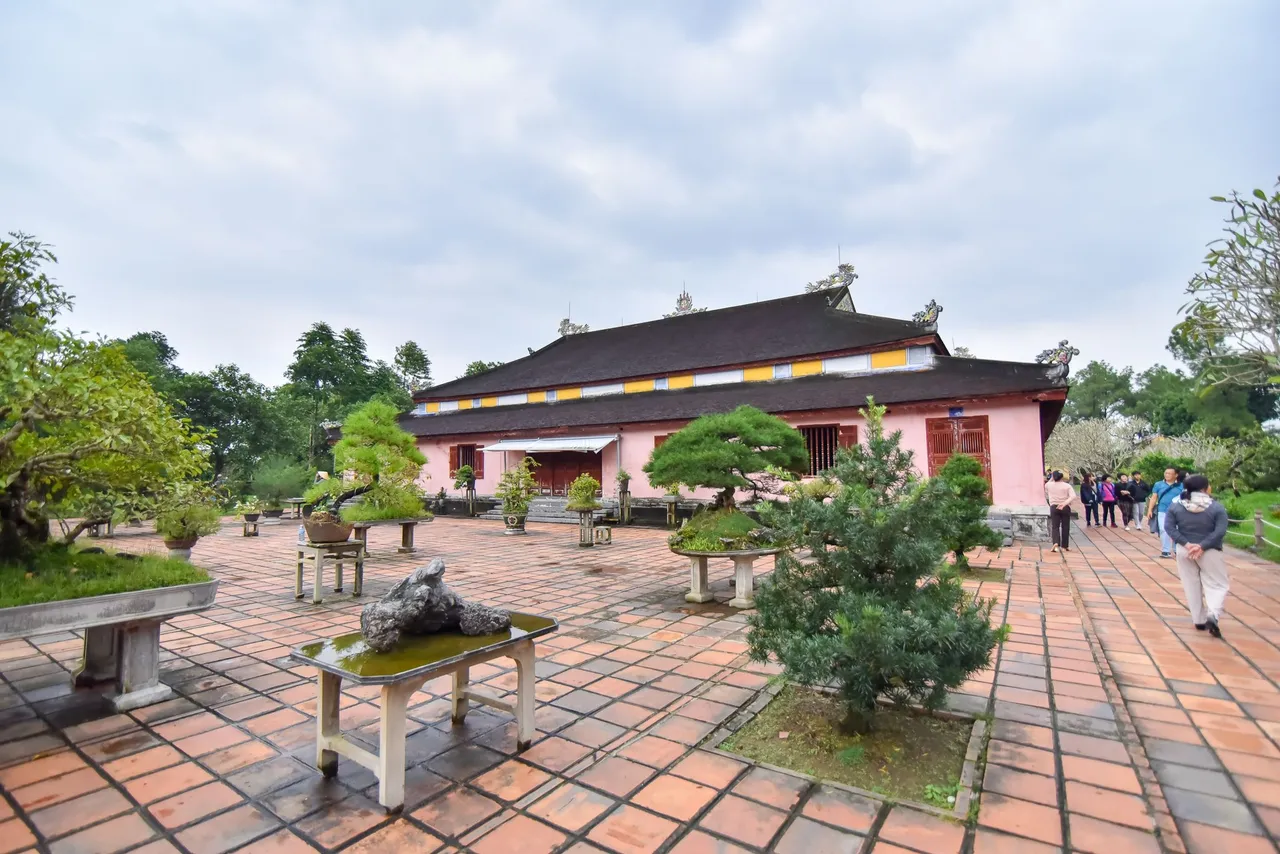

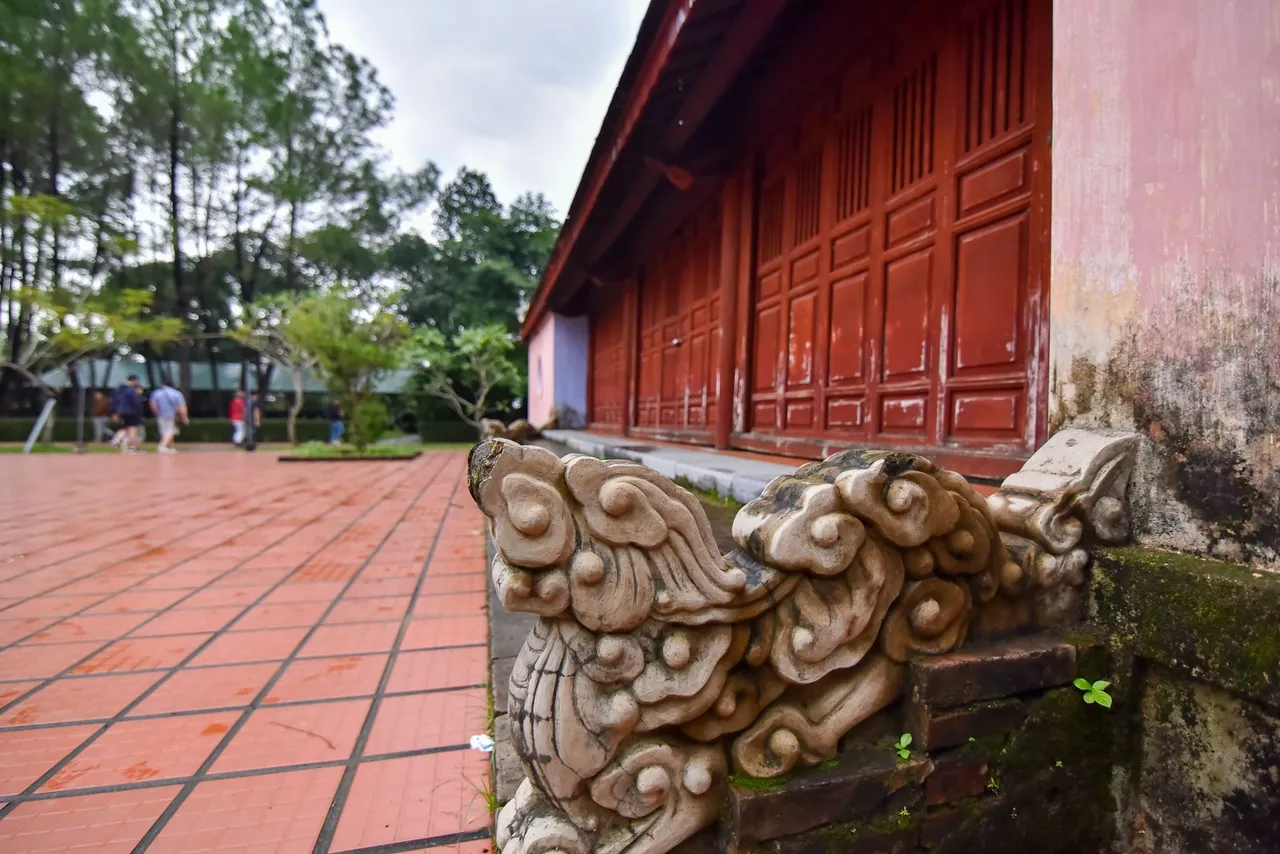
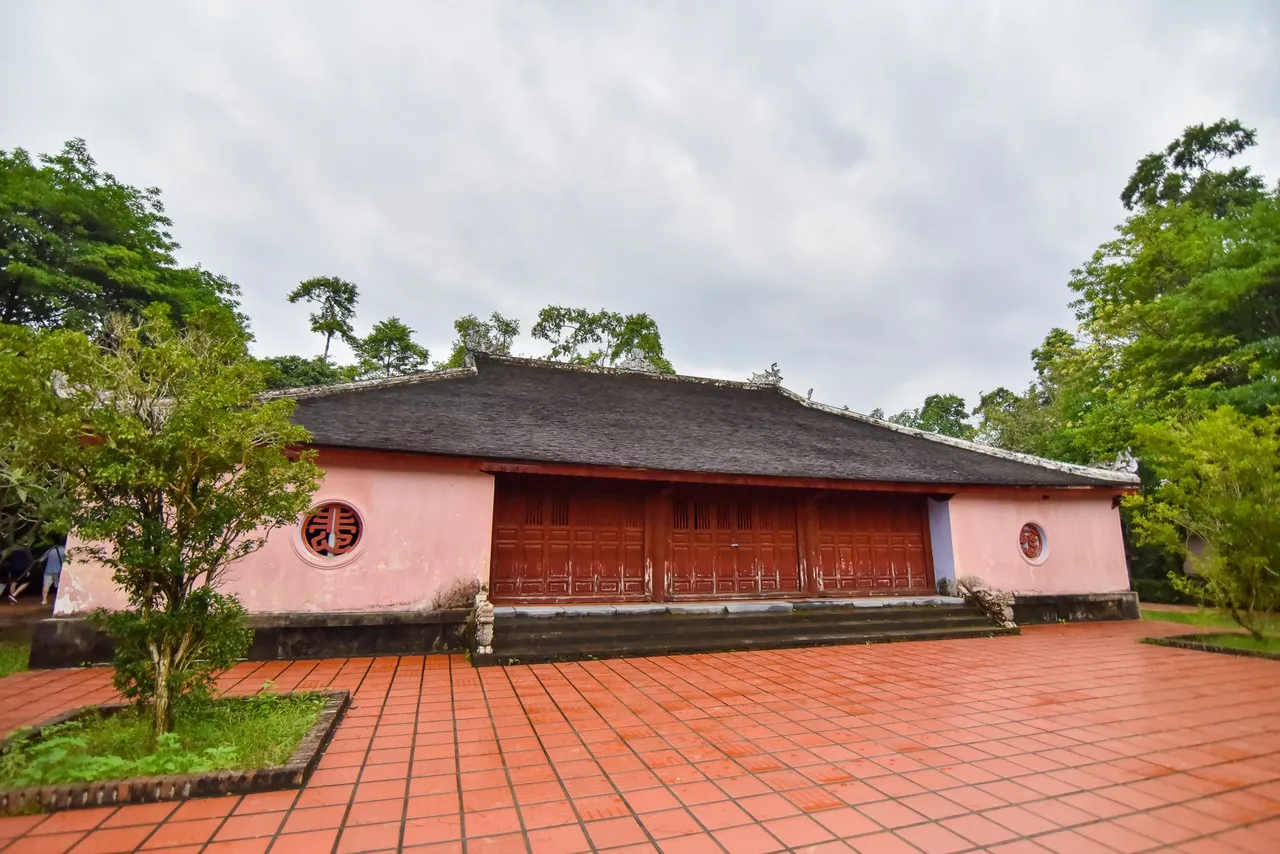
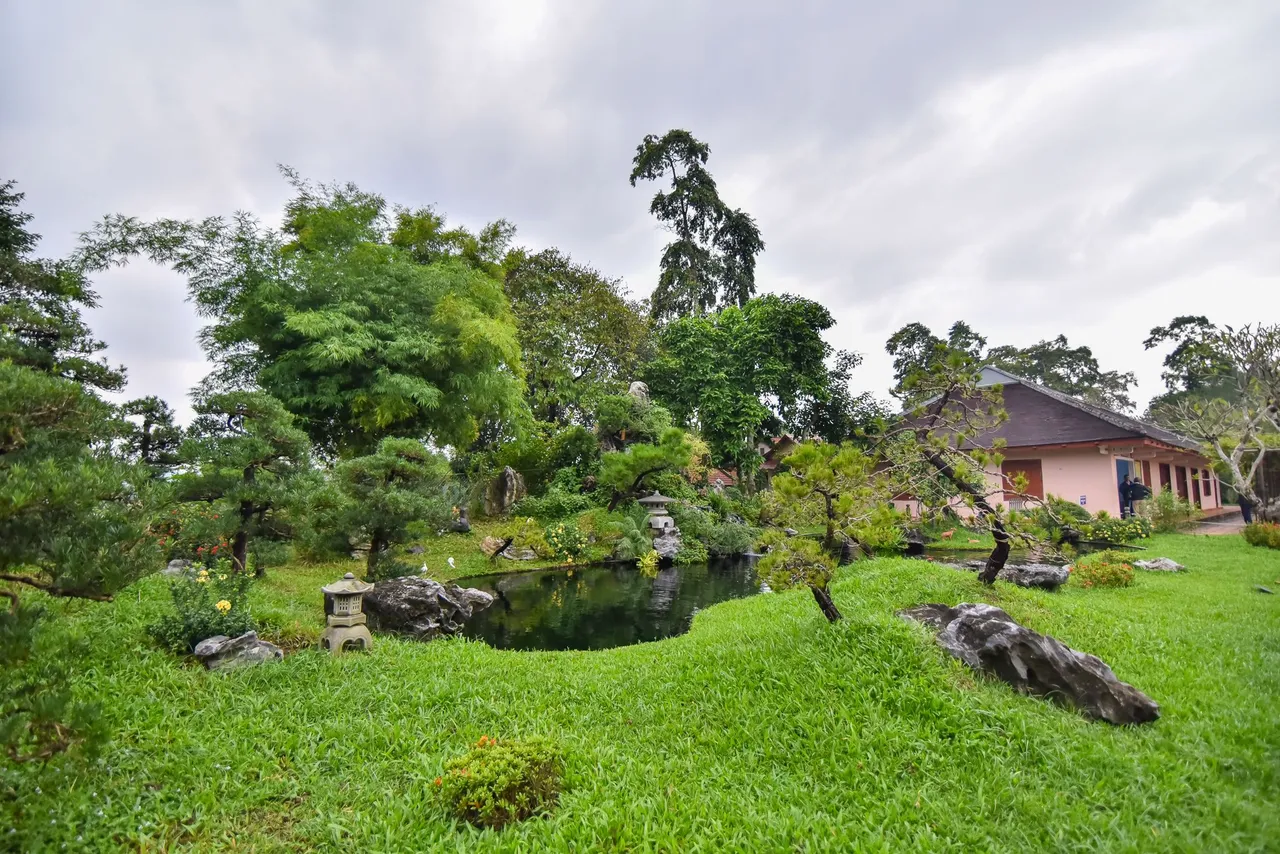
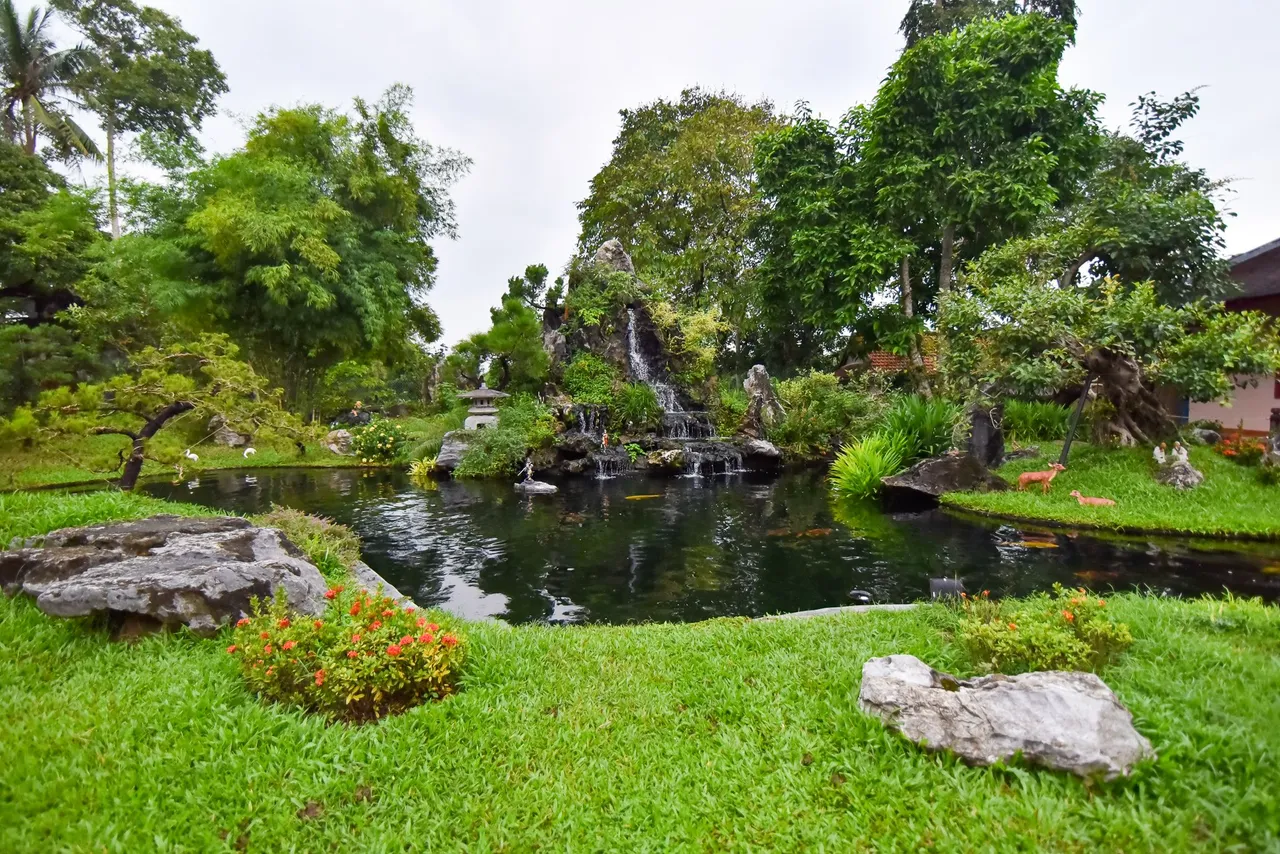
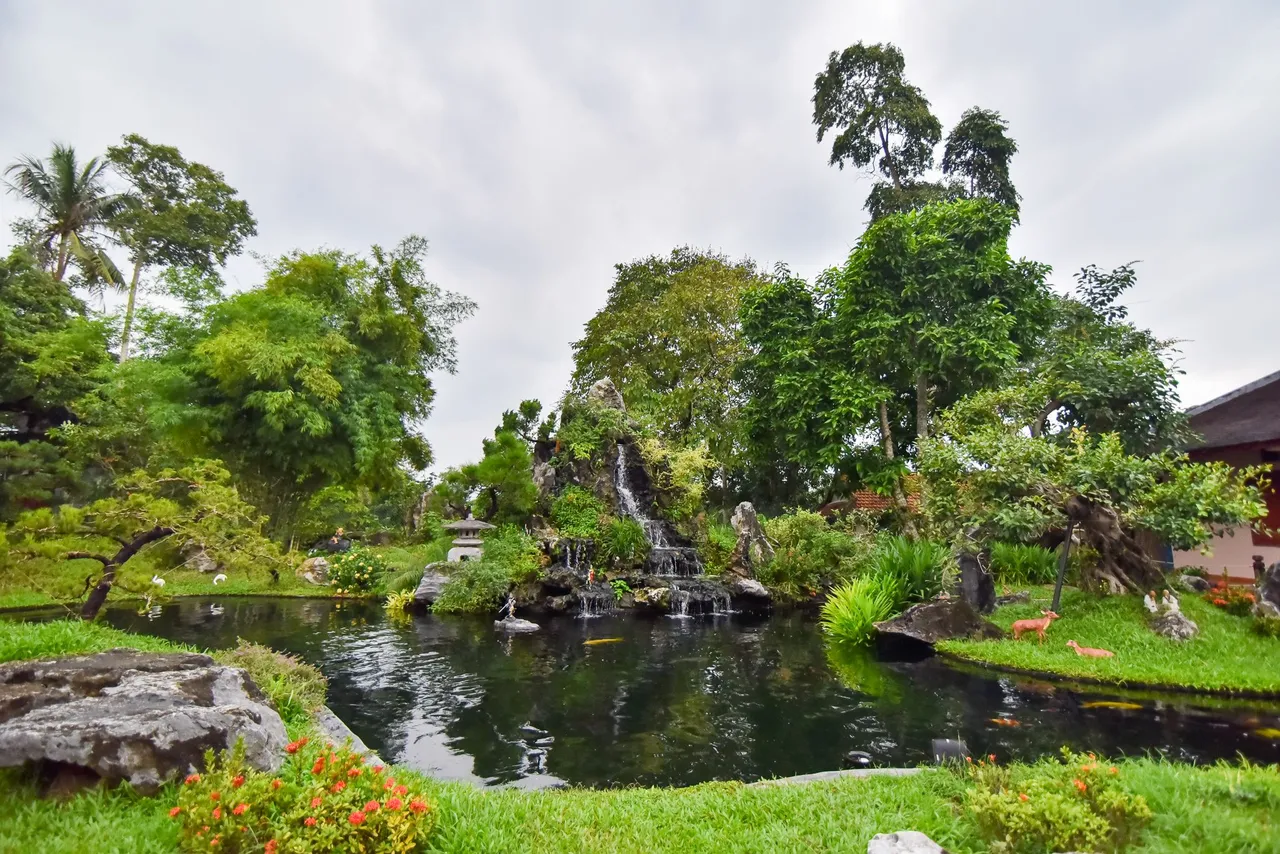
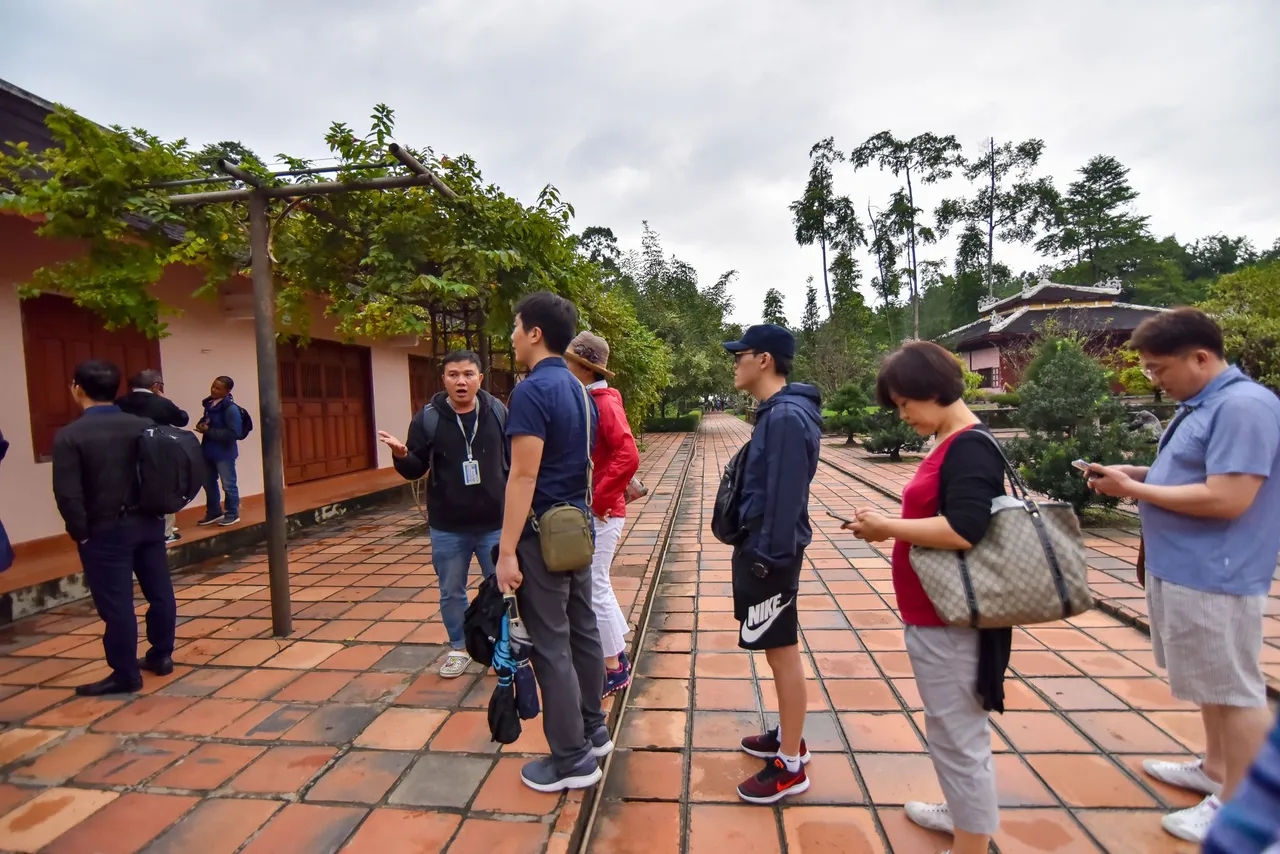
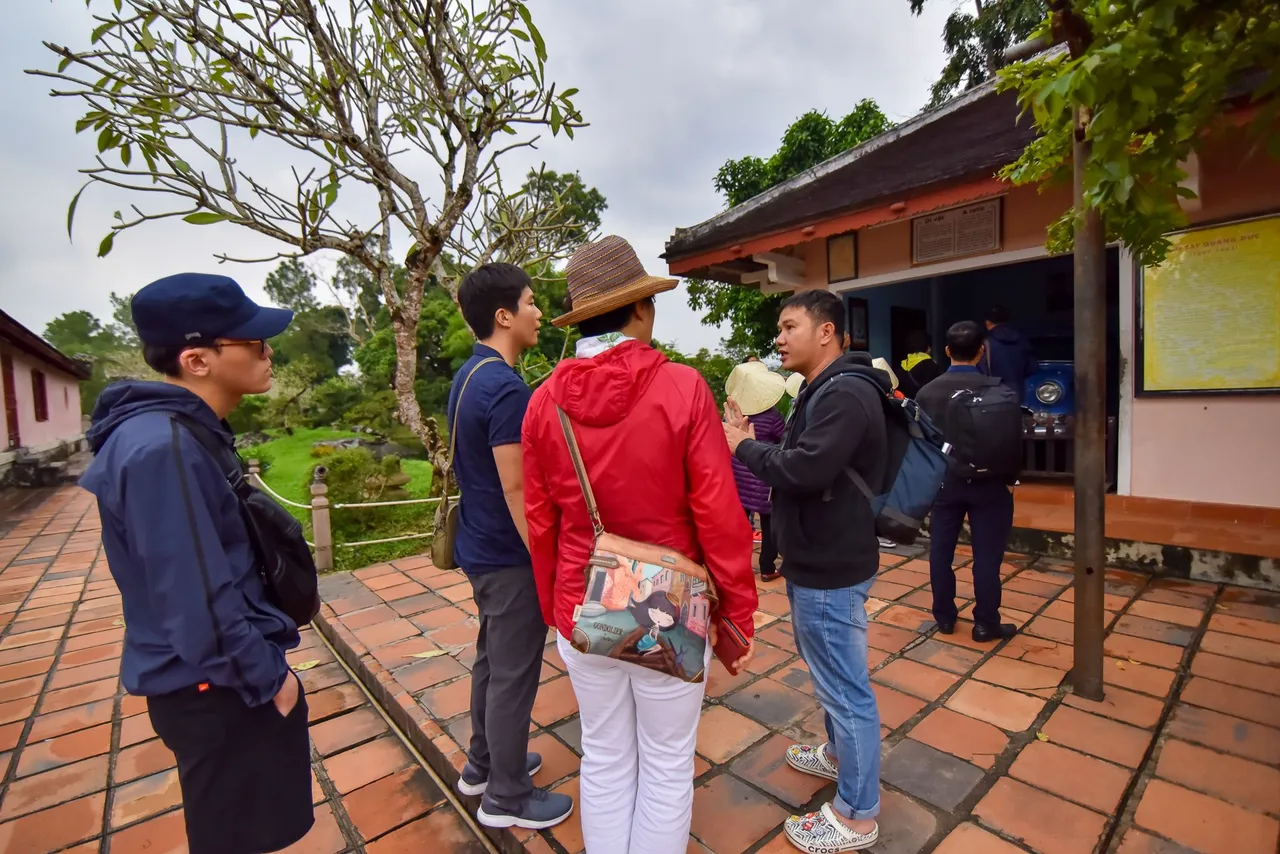
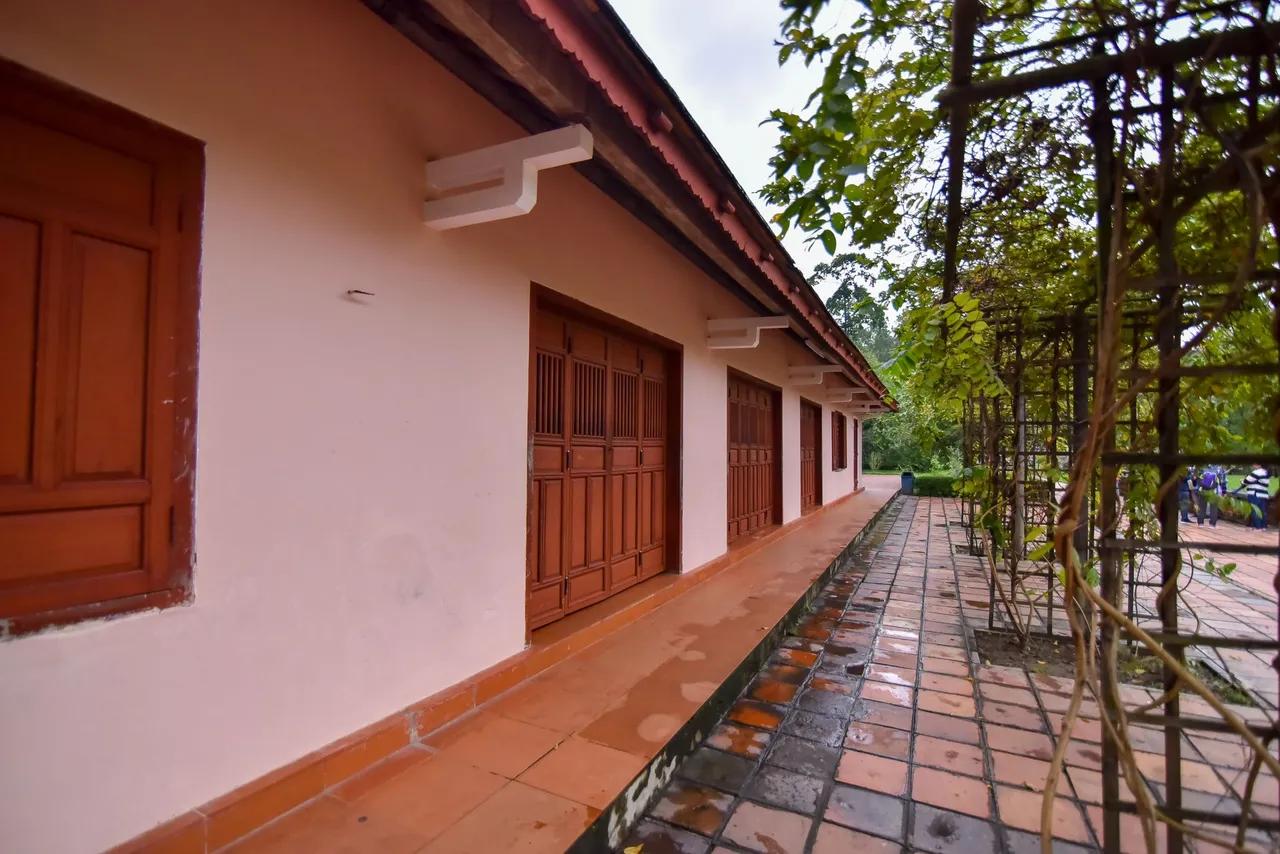
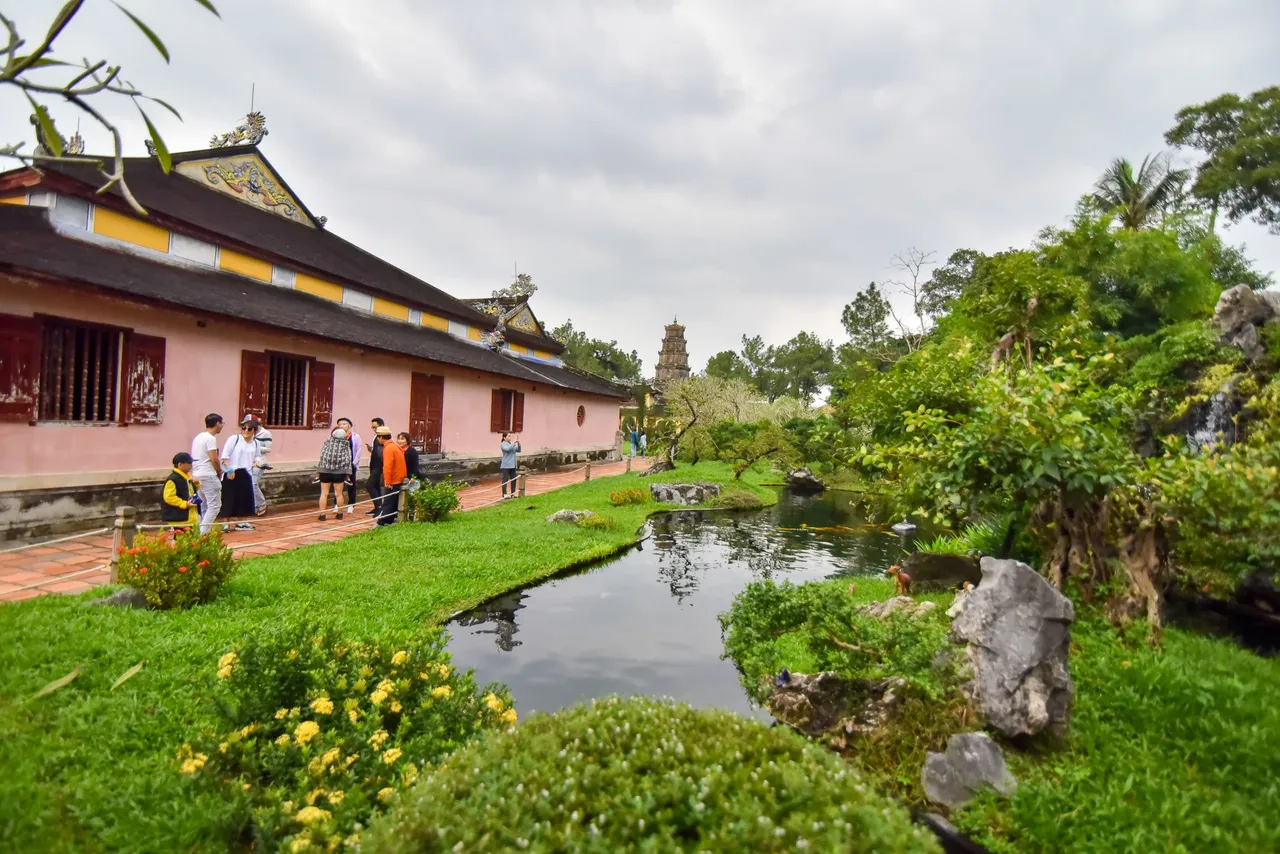
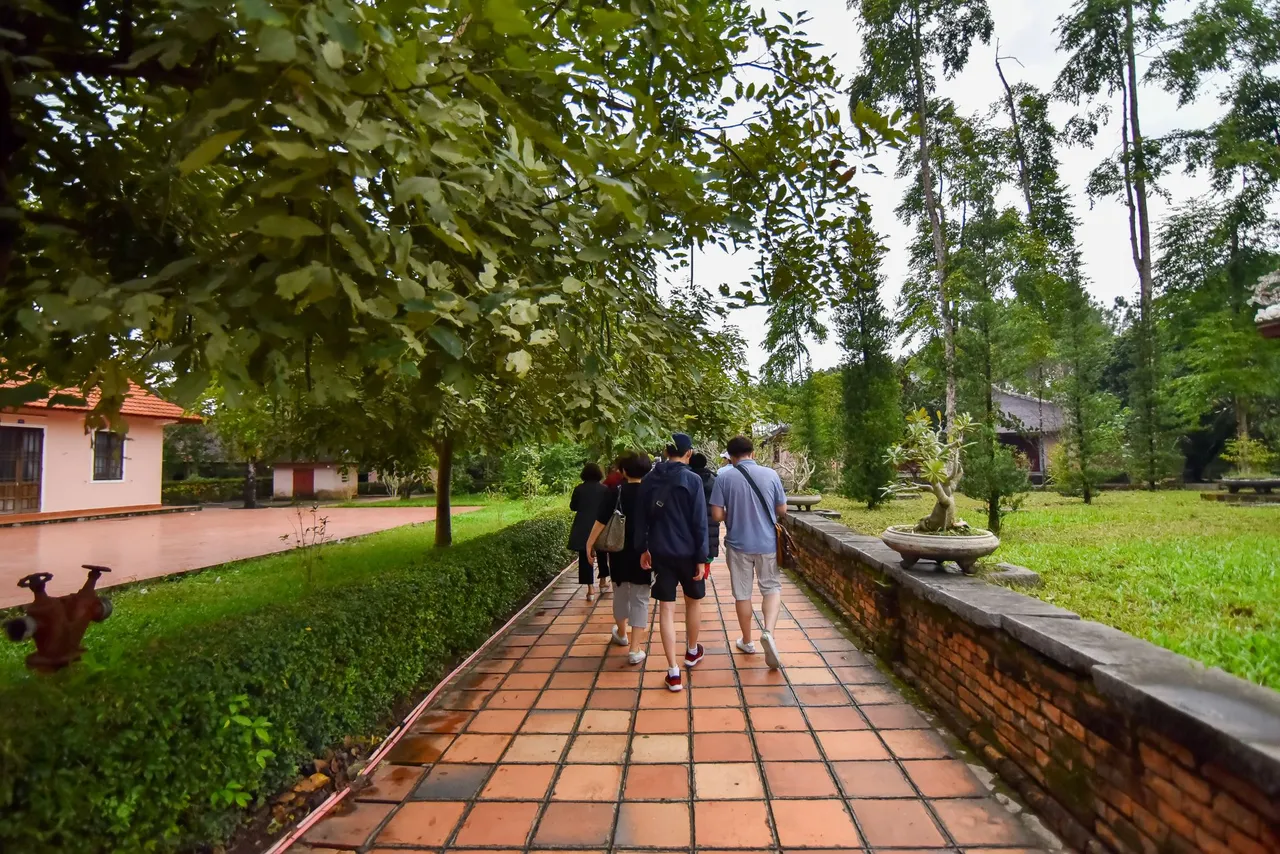


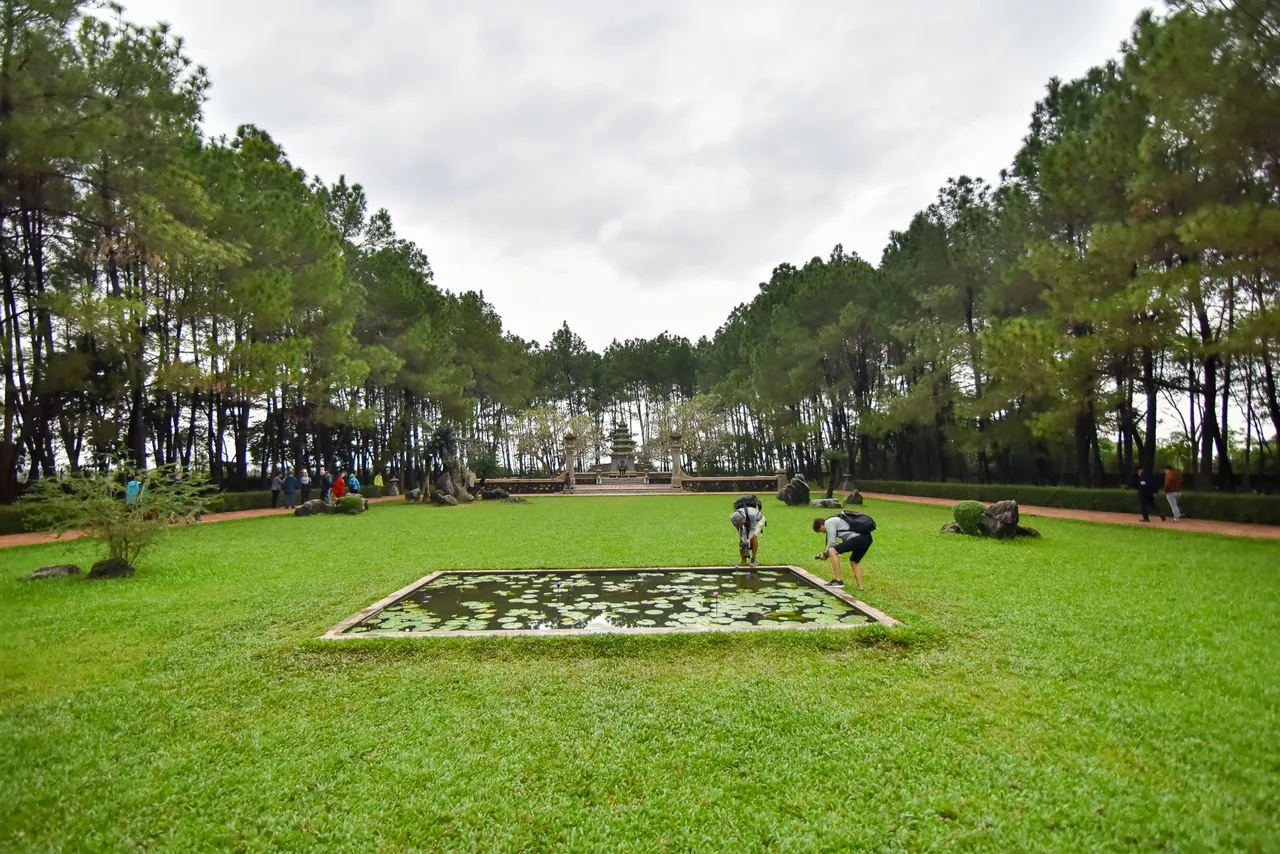
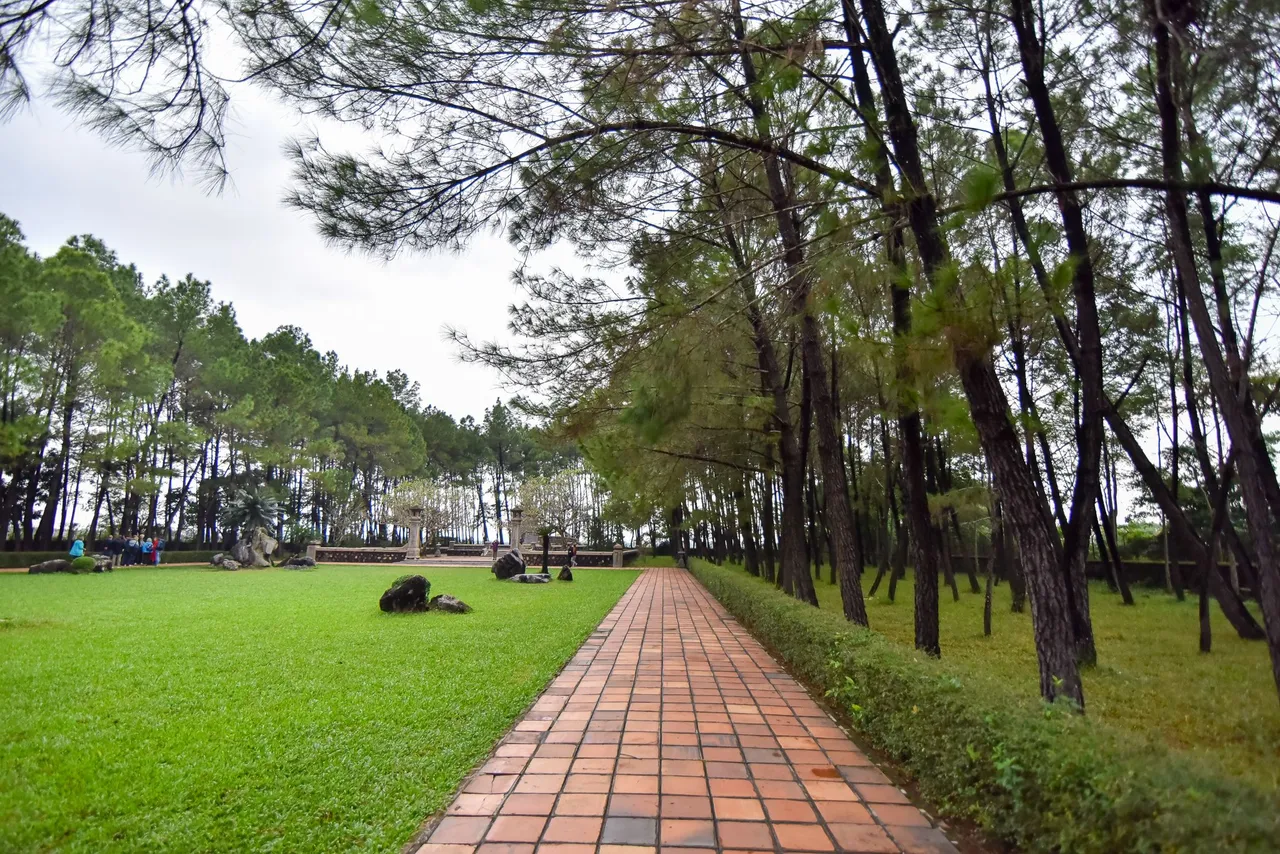

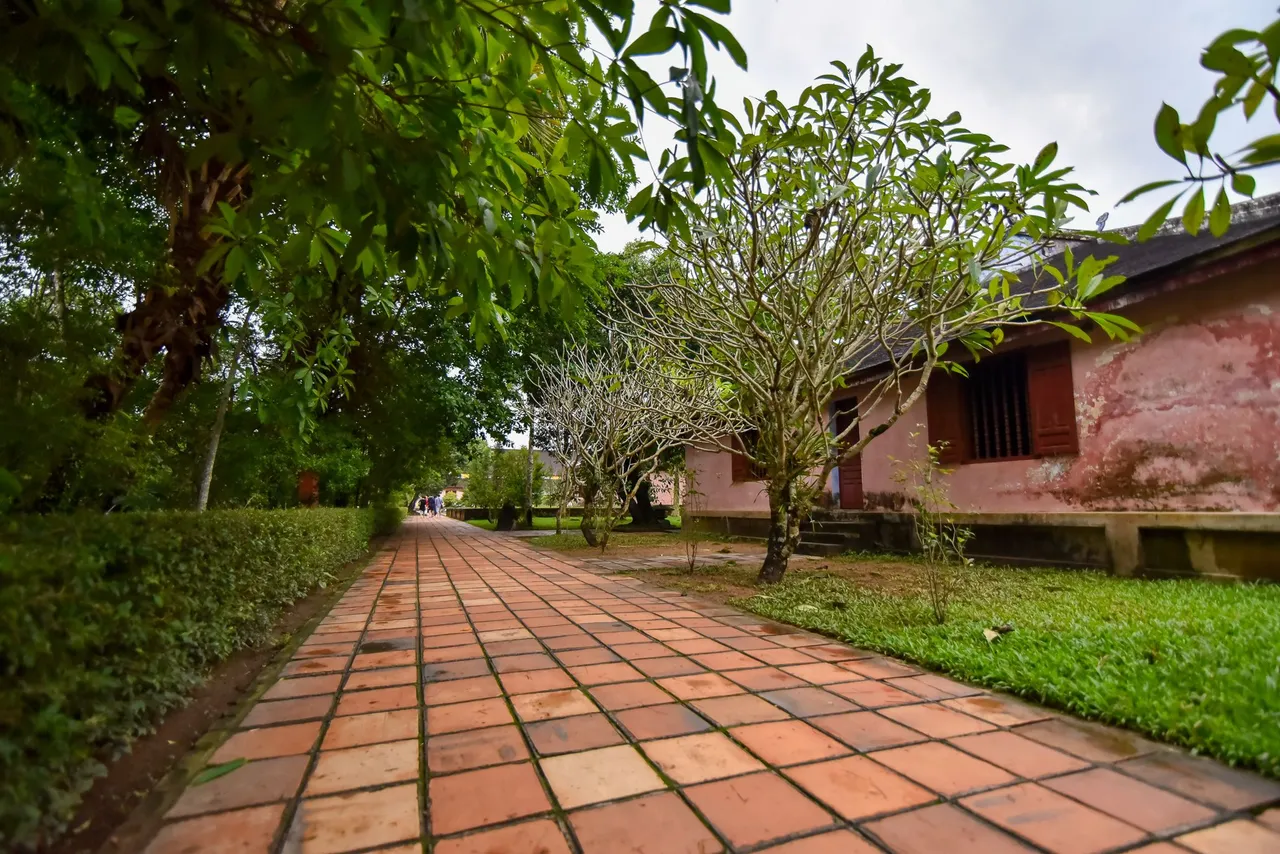
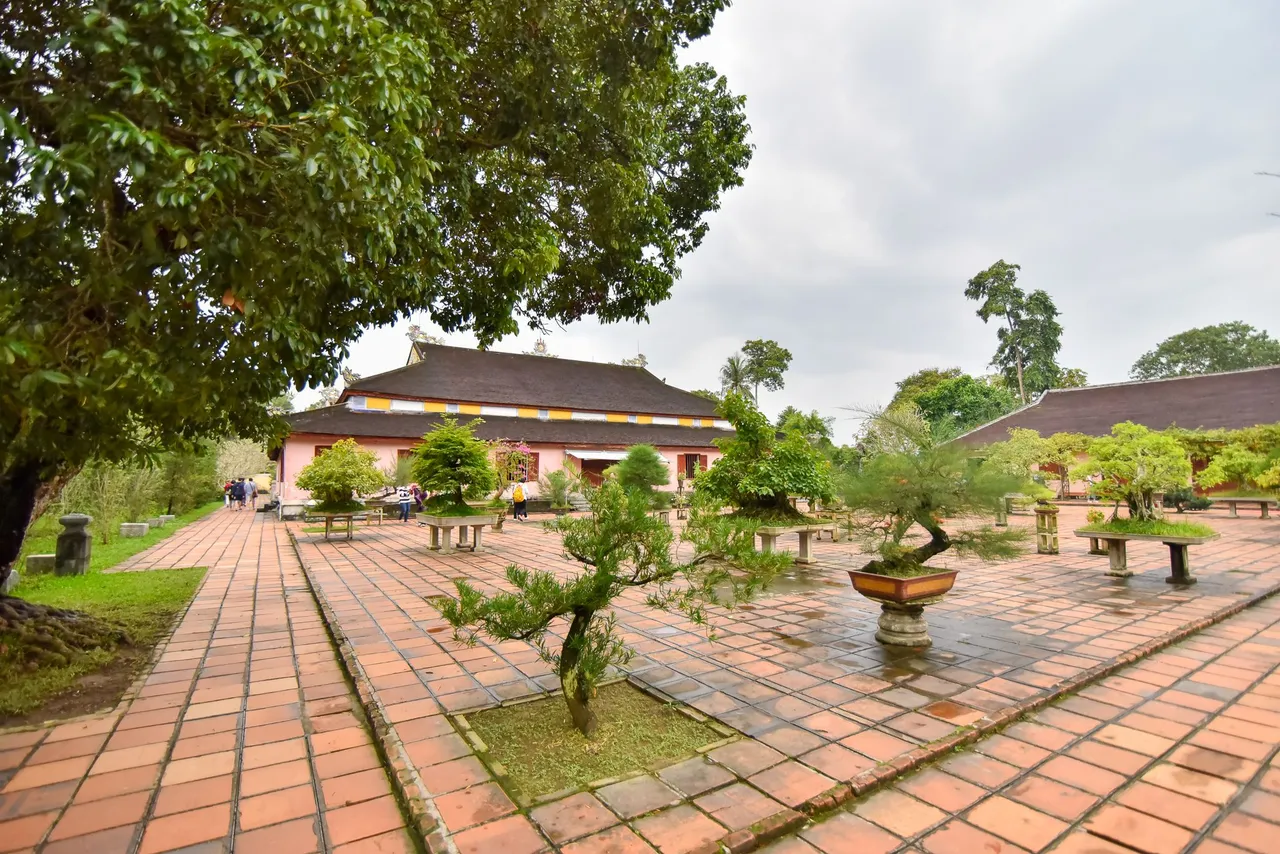

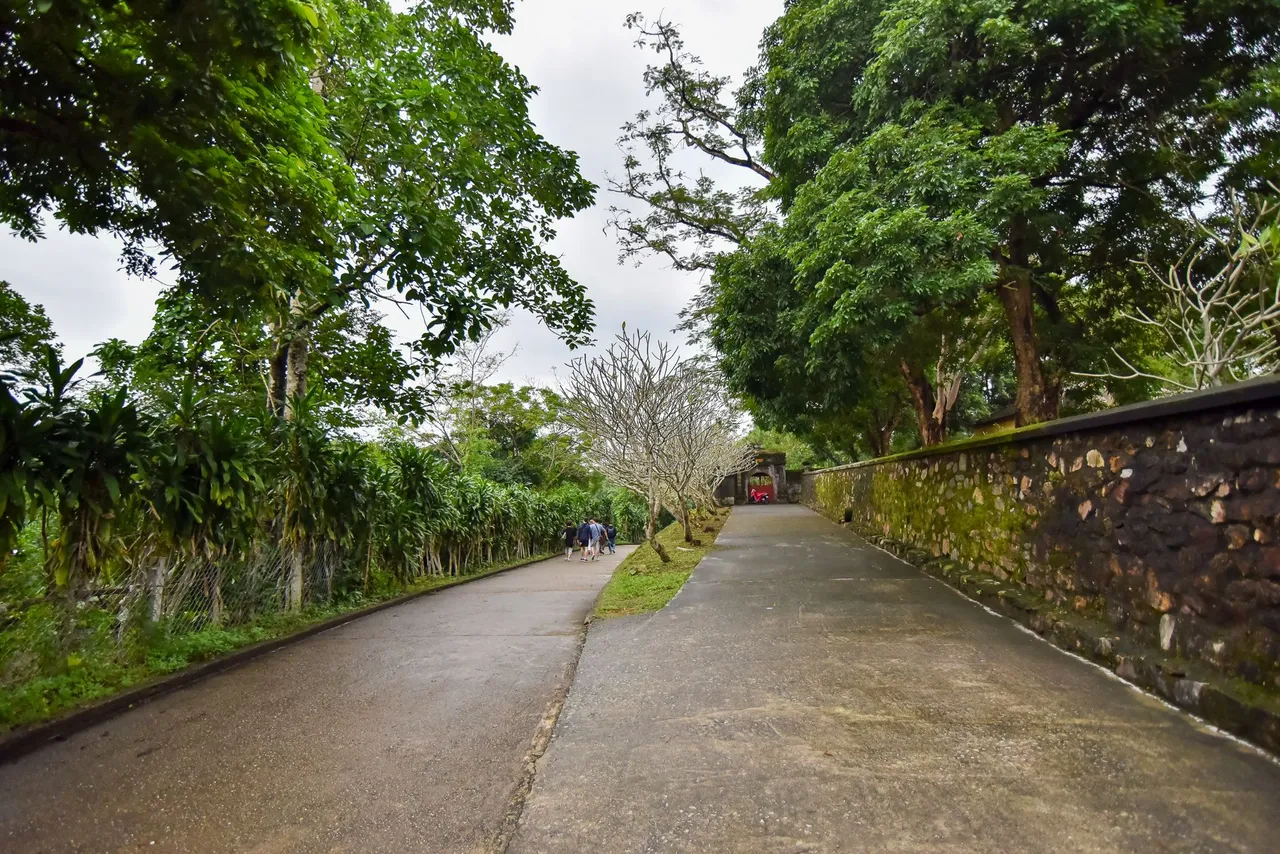
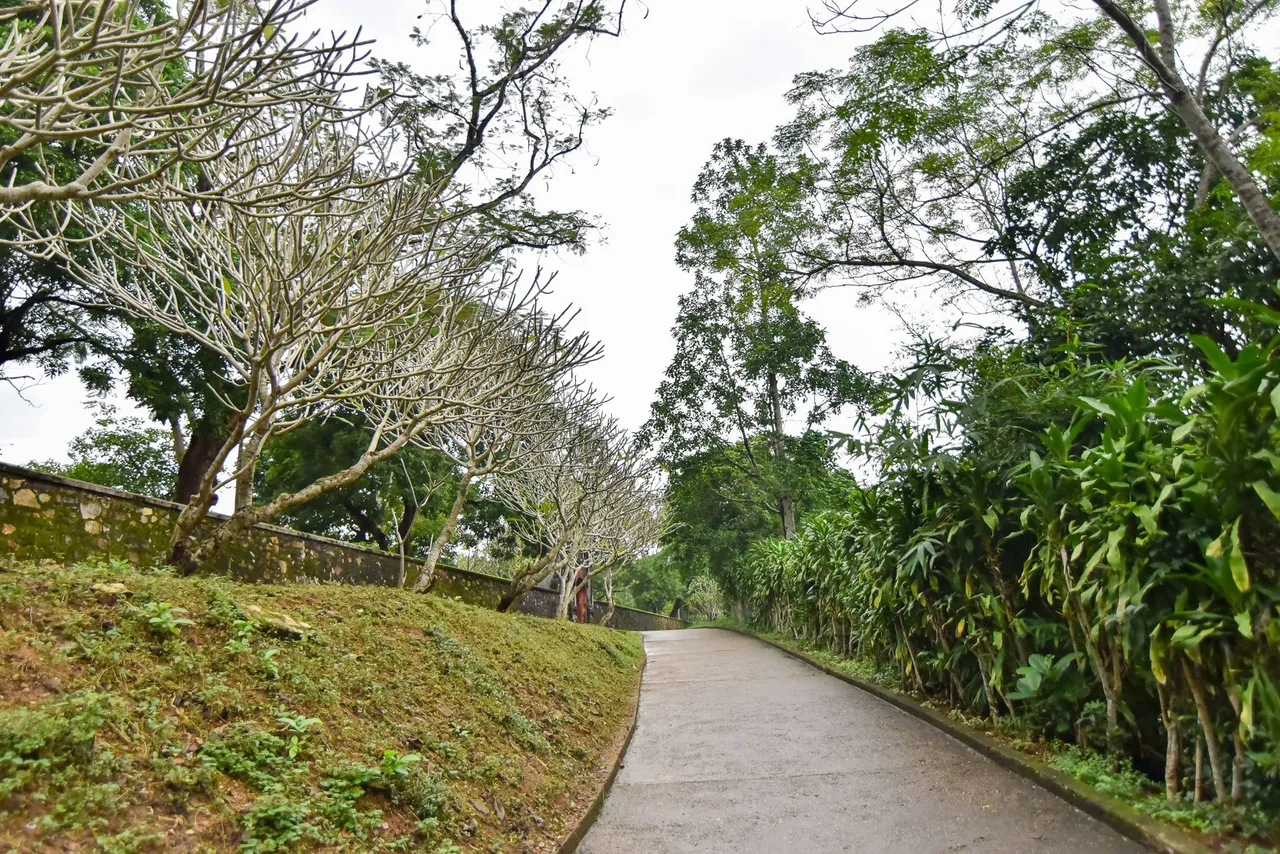
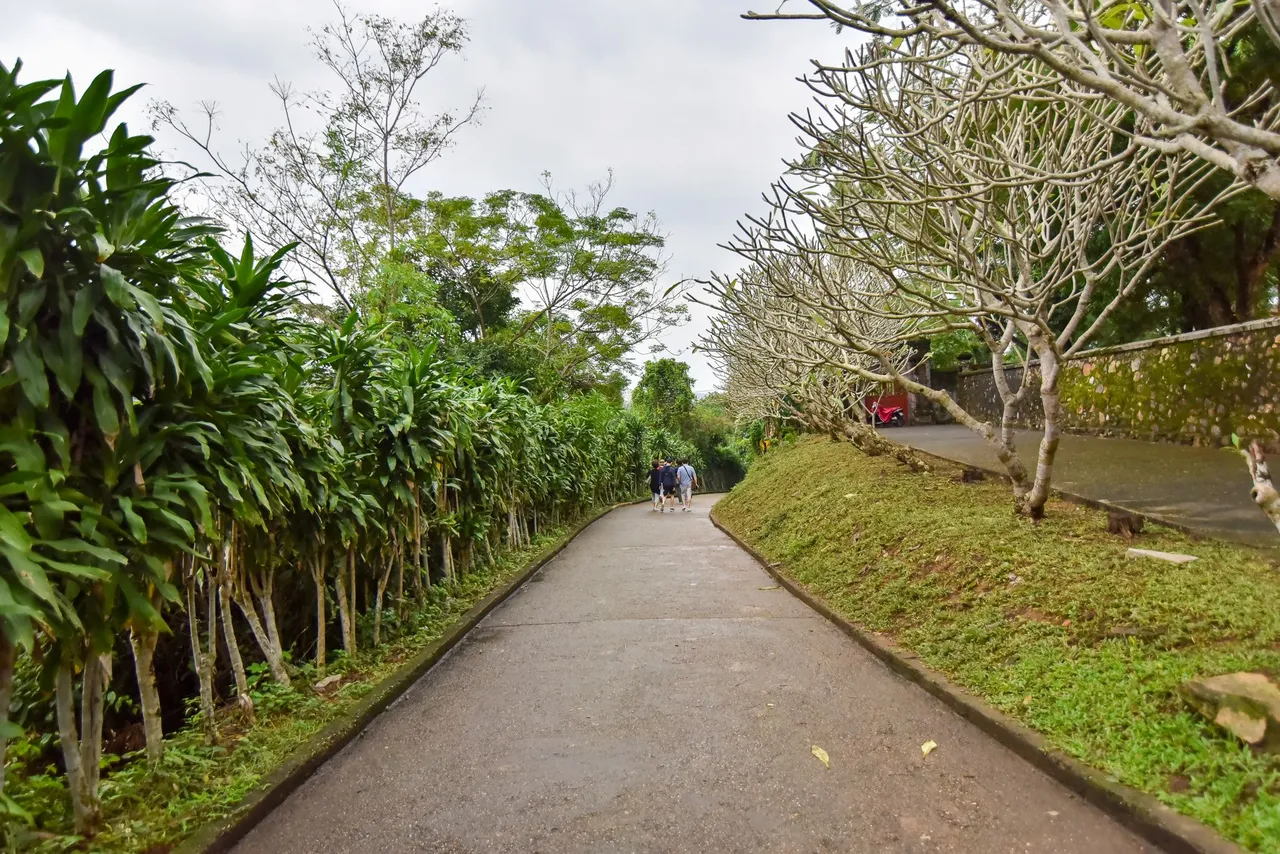
After visiting the oldest pagoda in Hue city, our group stopped for lunch at Huong Cau restaurant. This is one of the famous restaurants in the ancient capital of Hue, if you are a food lover, you should not miss this restaurant. Today's delegation came from Korea, Khoa's travel company chose Vietnamese and Korean dishes. The prices of the food here are also very affordable. If you have the opportunity to visit the ancient capital of Hue, people can come here to enjoy the cuisine here.

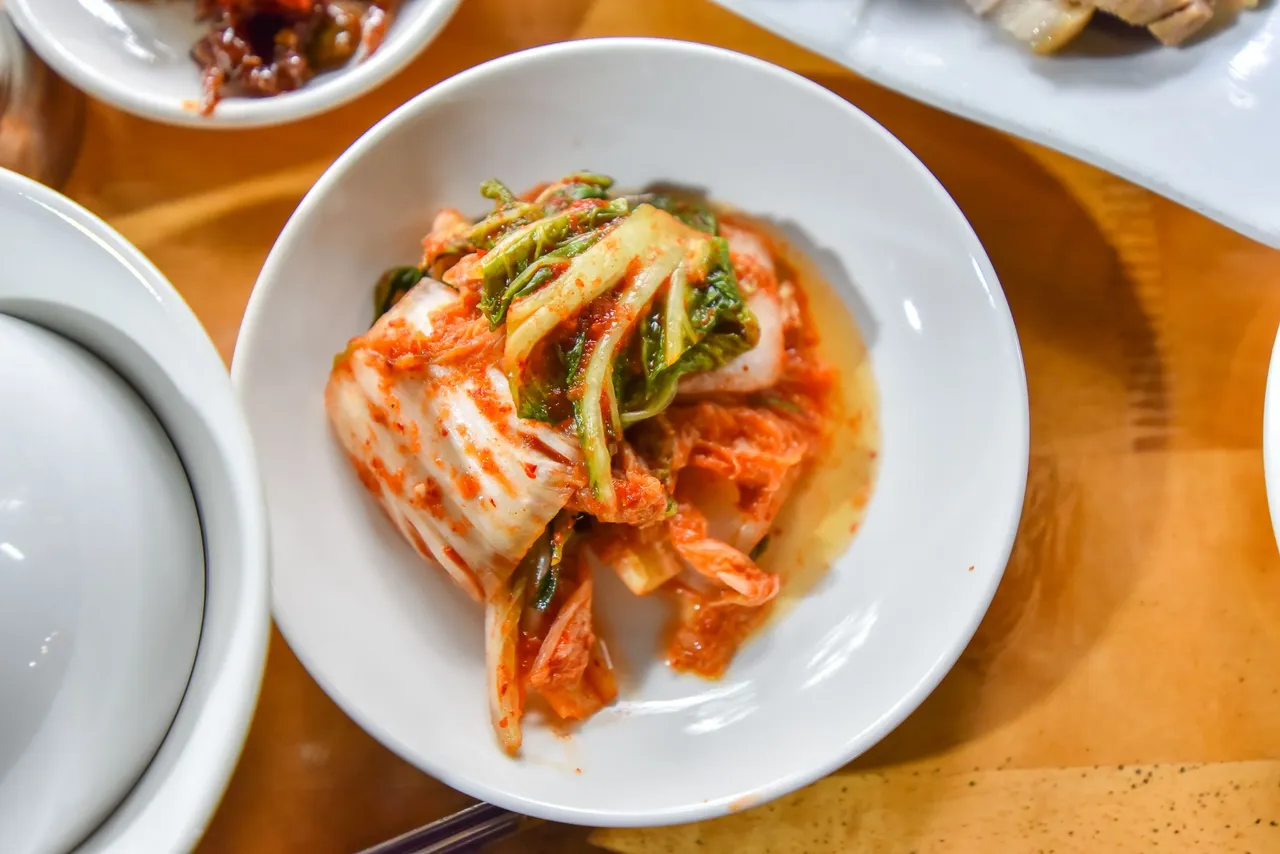
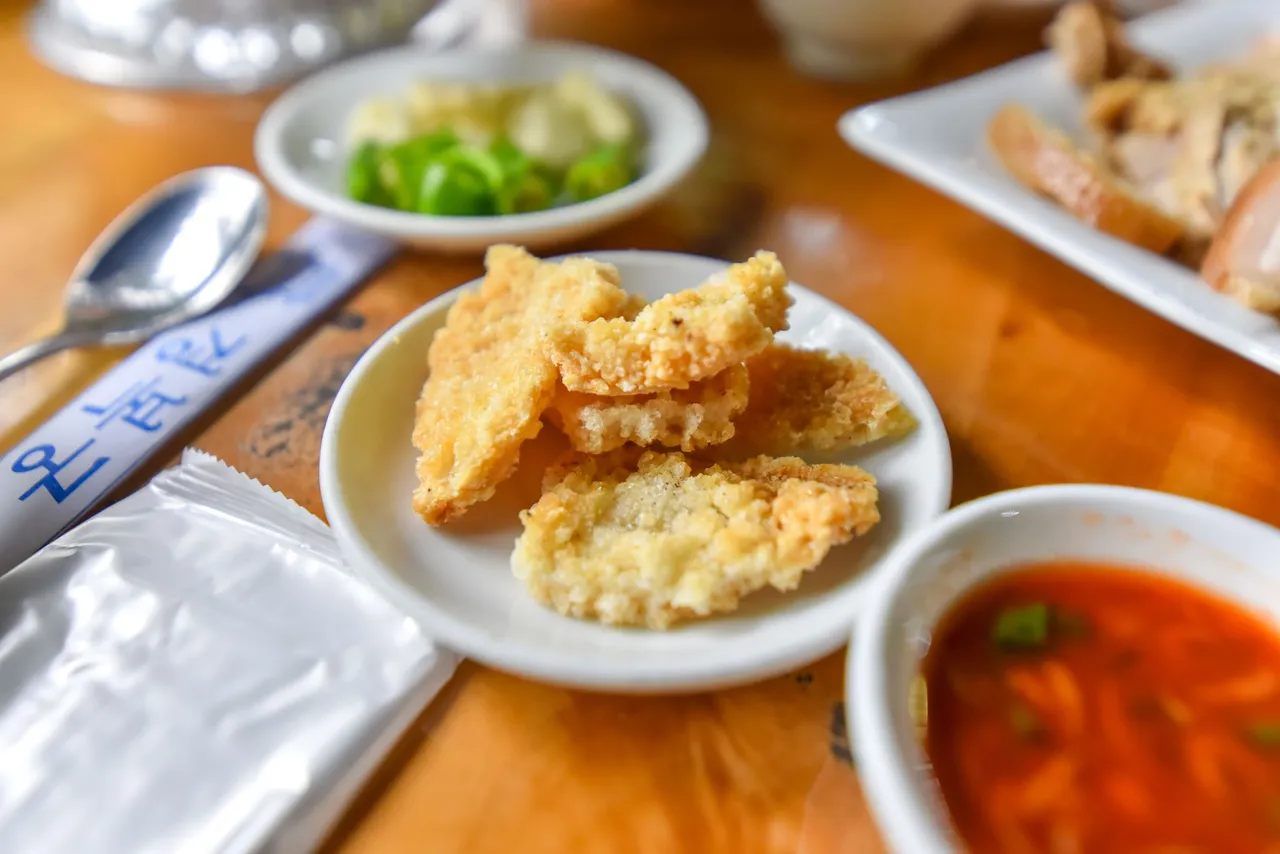
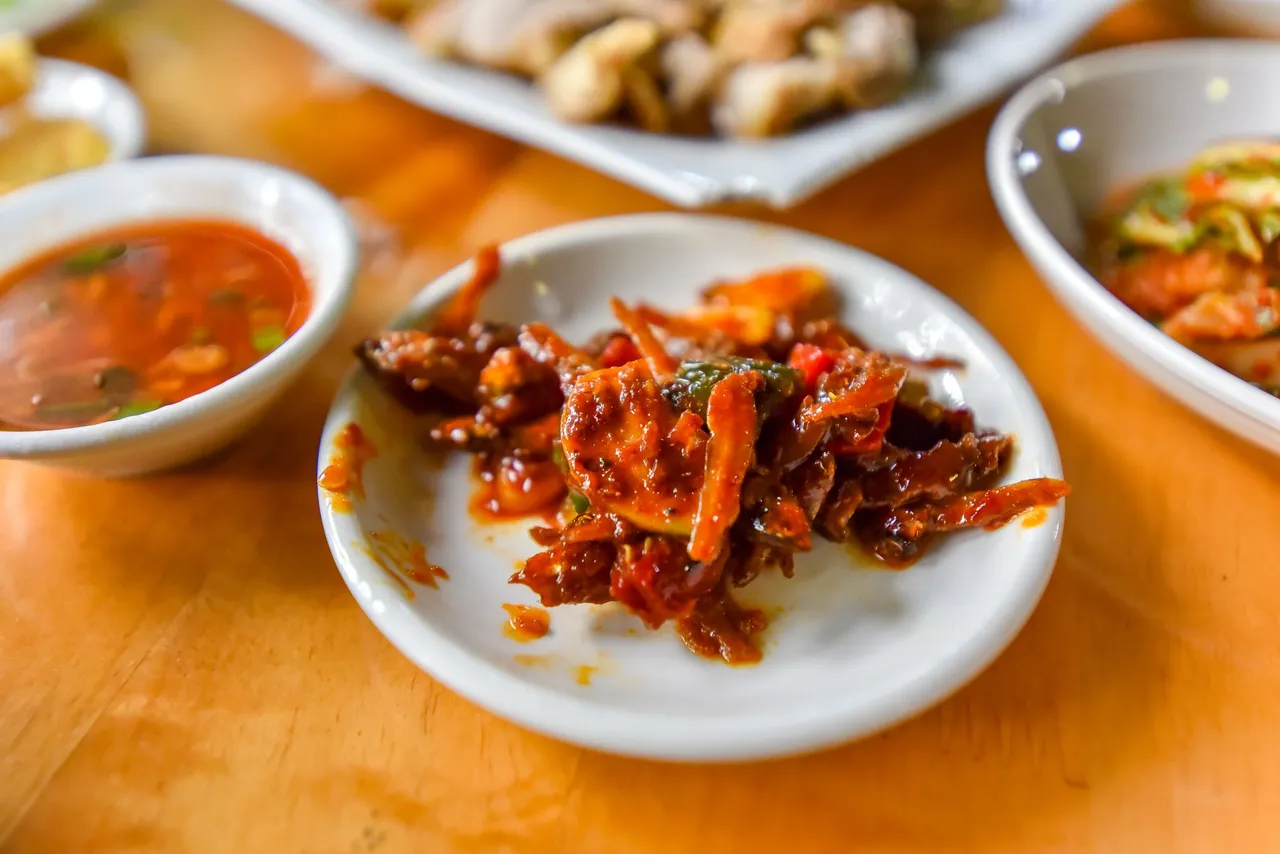
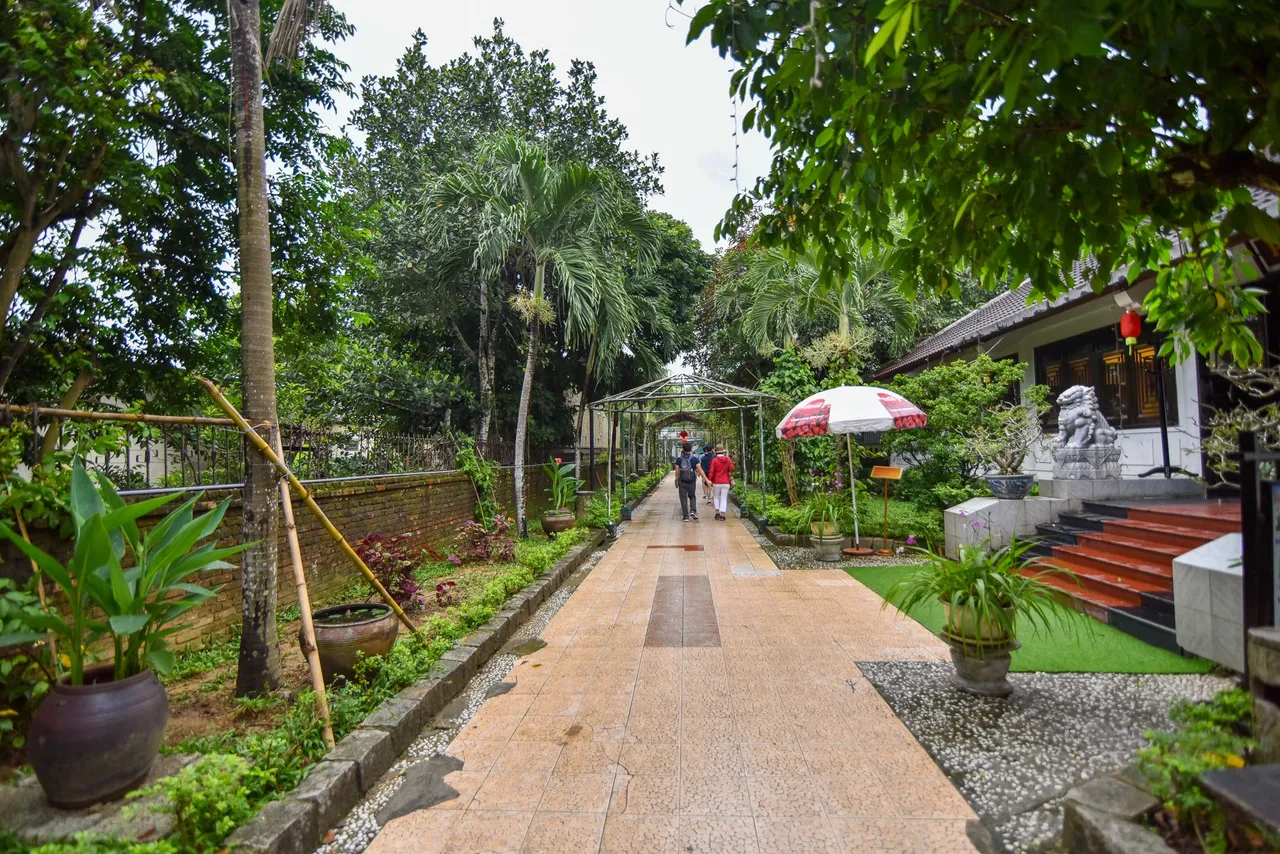
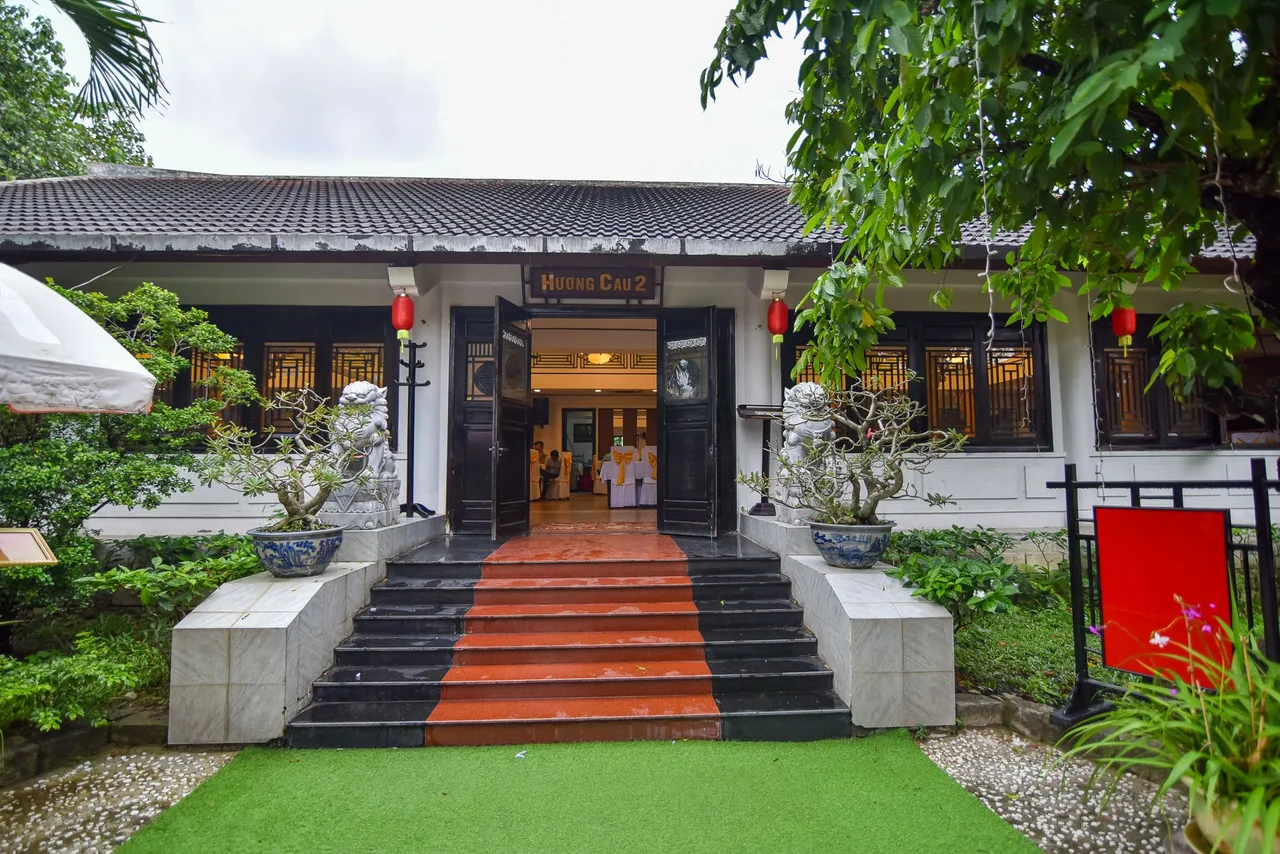
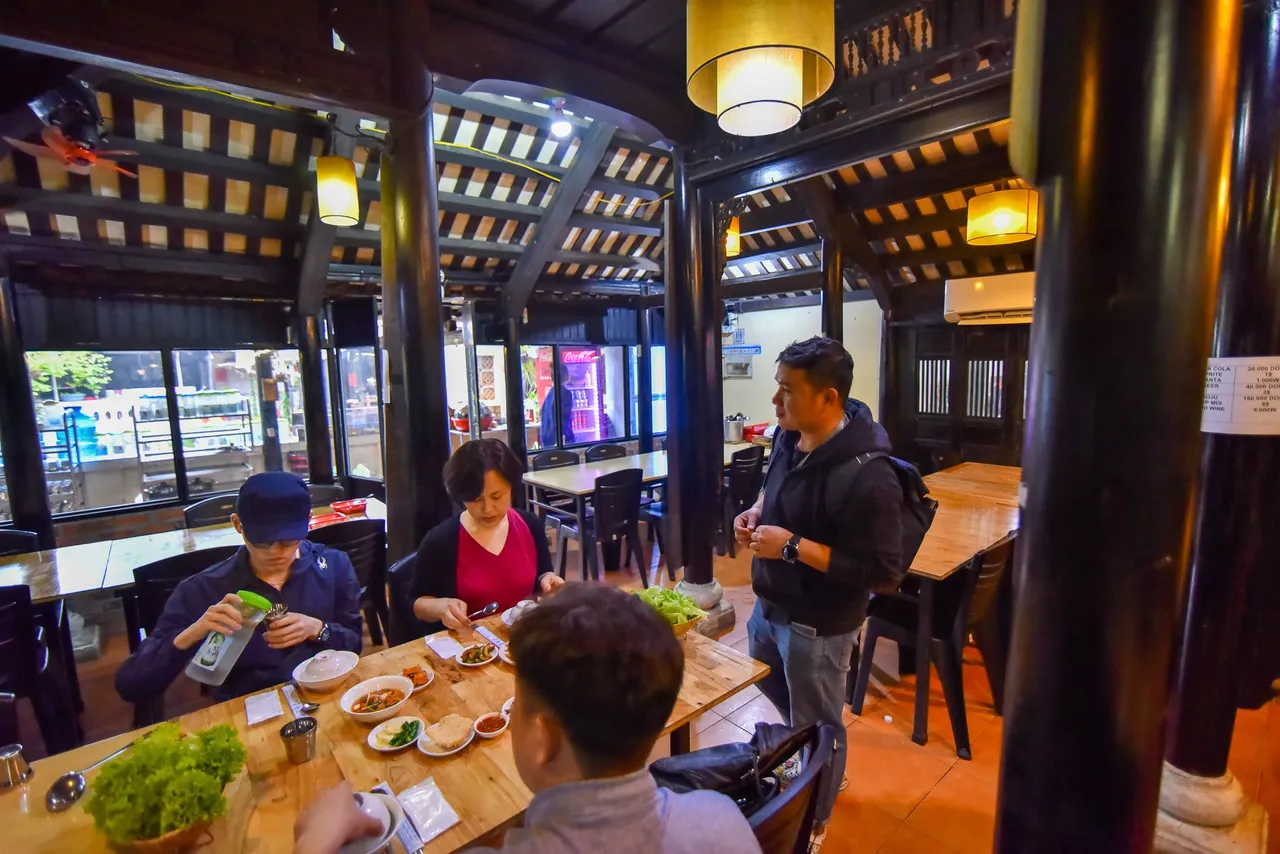
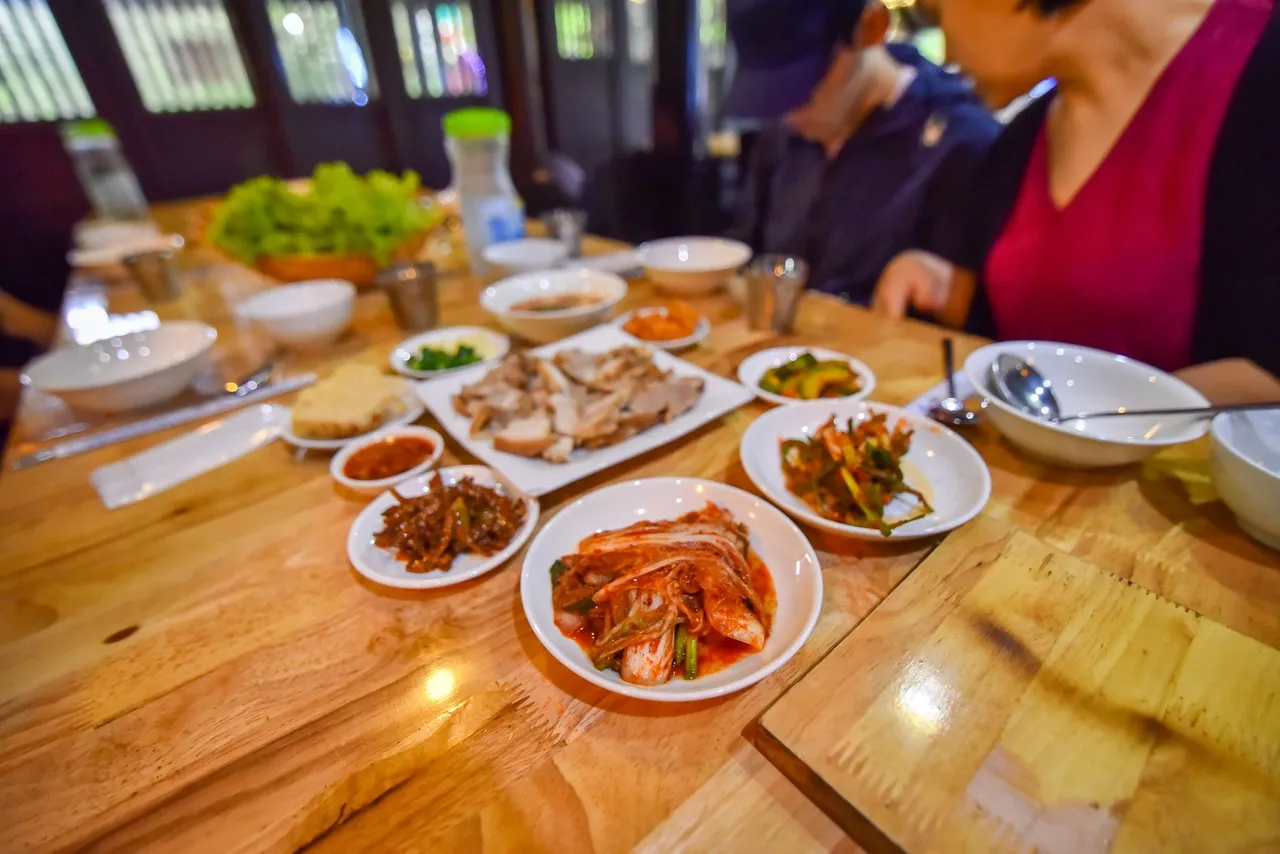
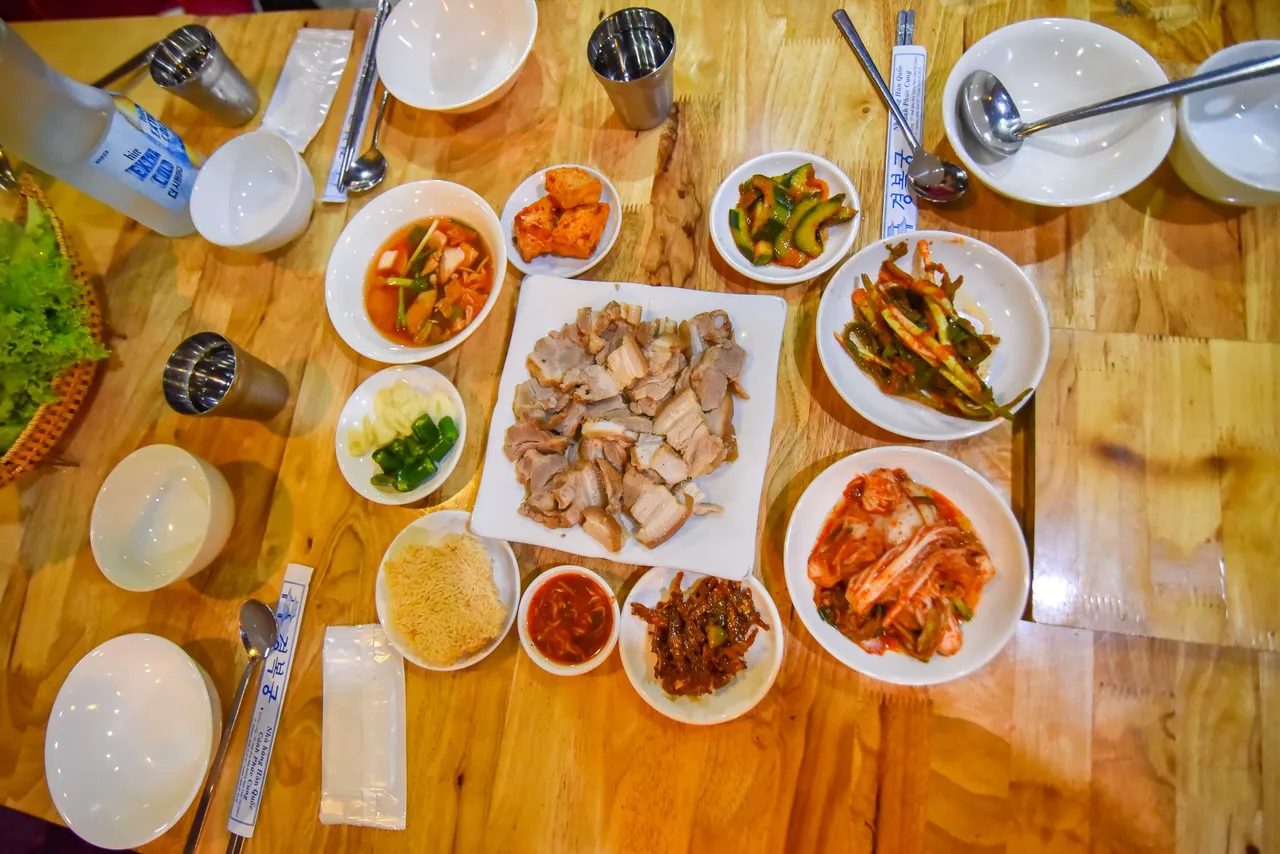

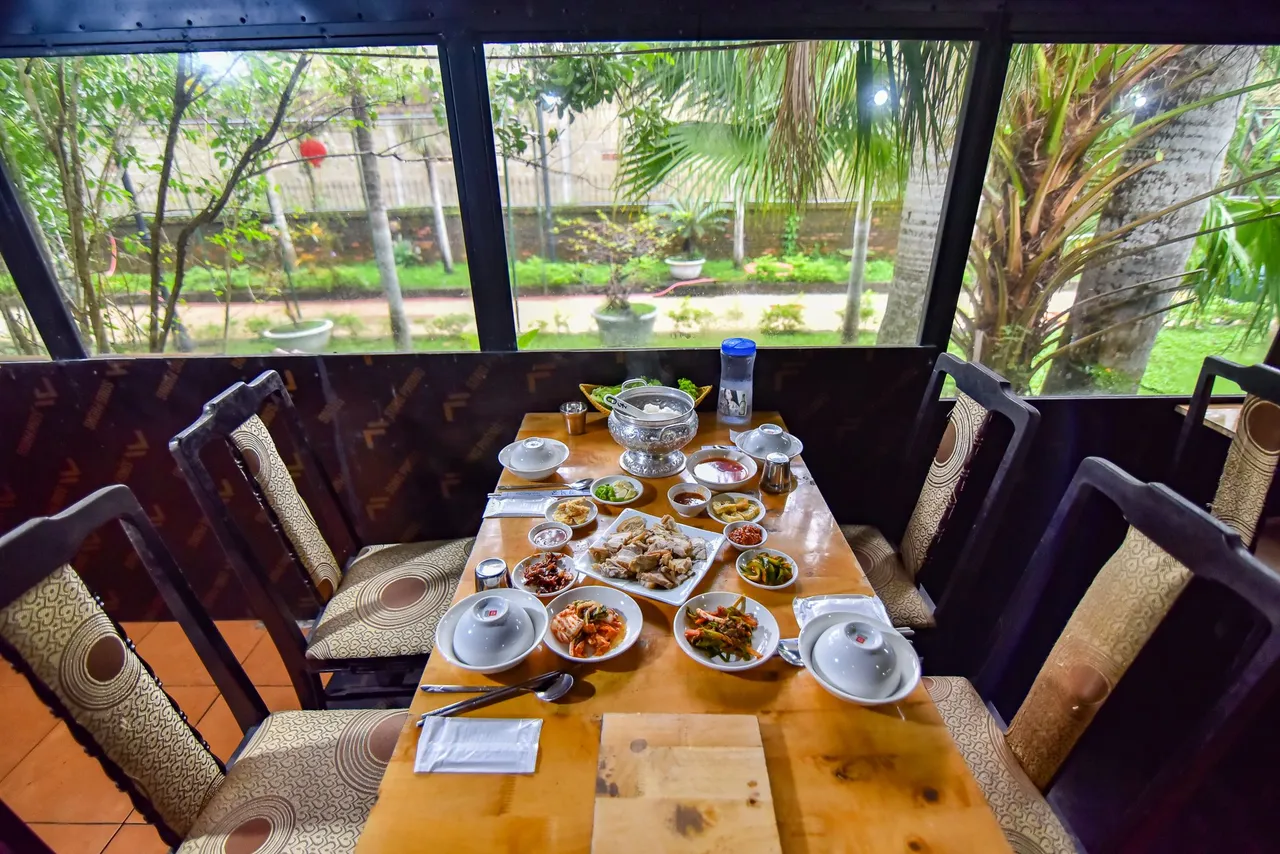
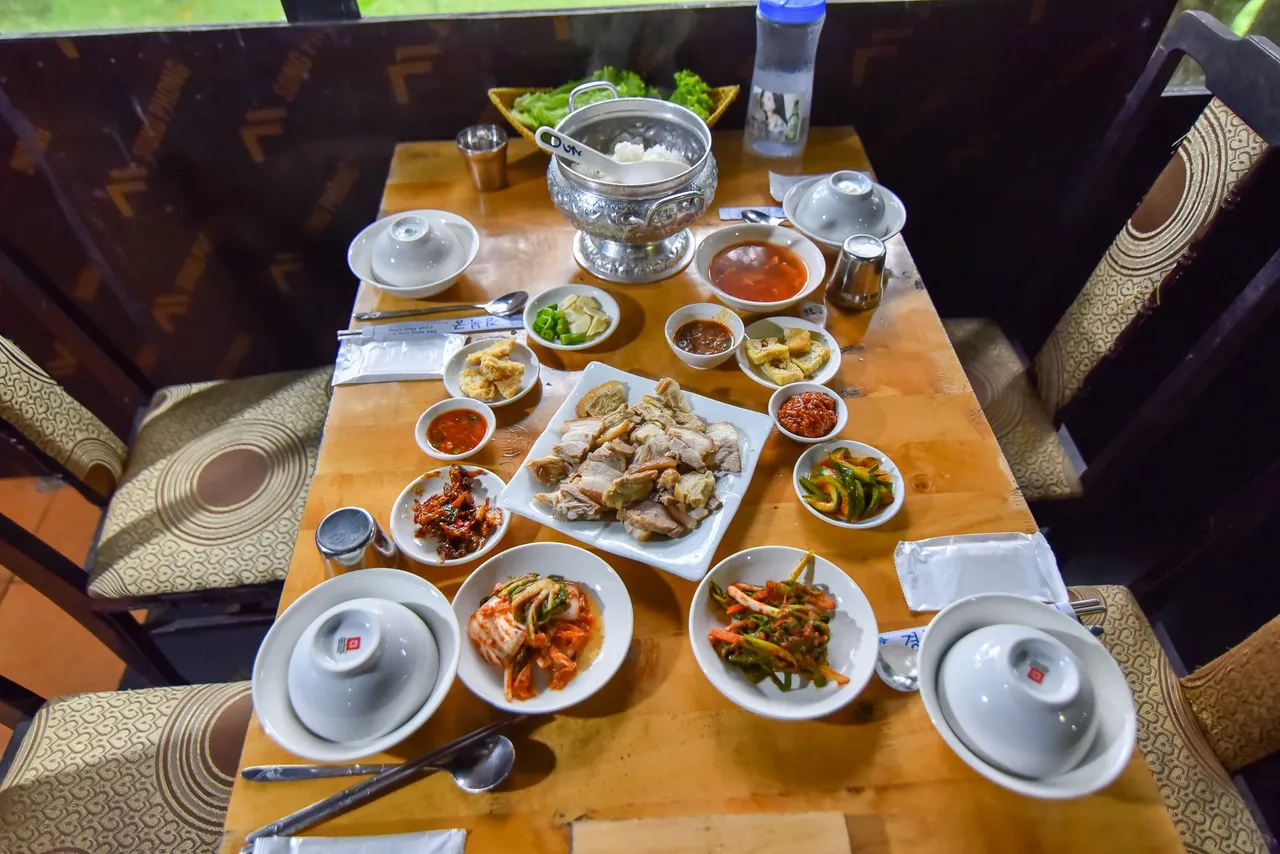
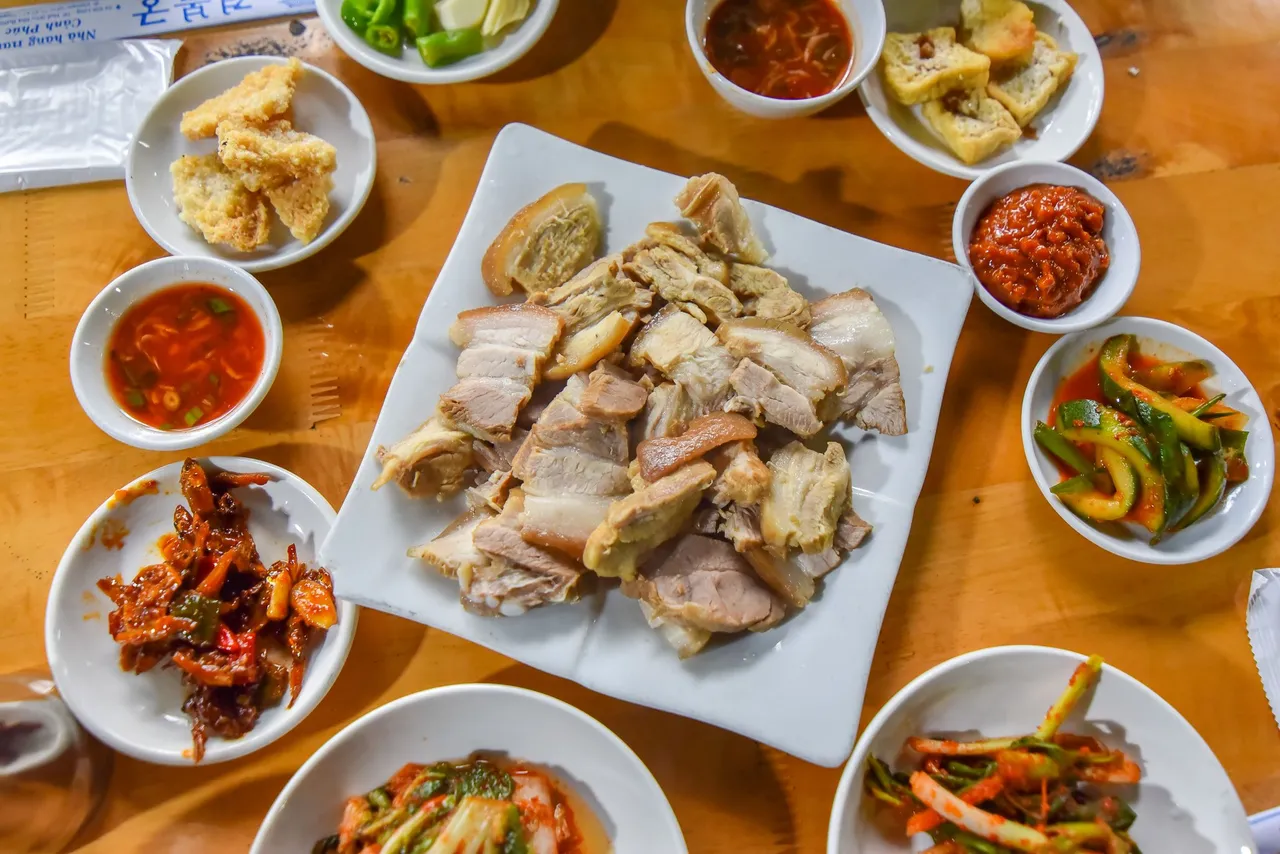
Thank you to everyone who has accompanied me in my travel-sharing posts. Wishing everyone a happy and healthy weekend.